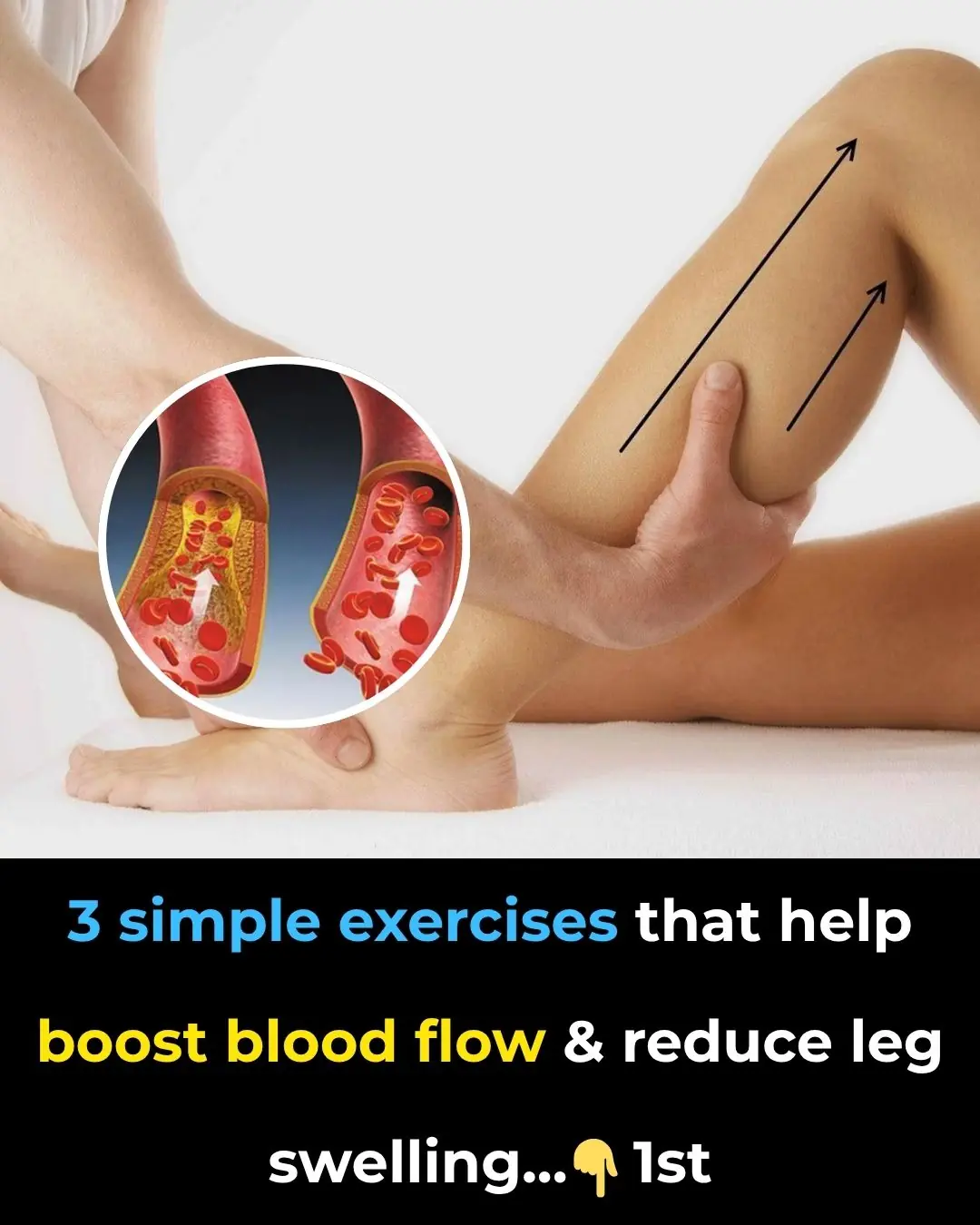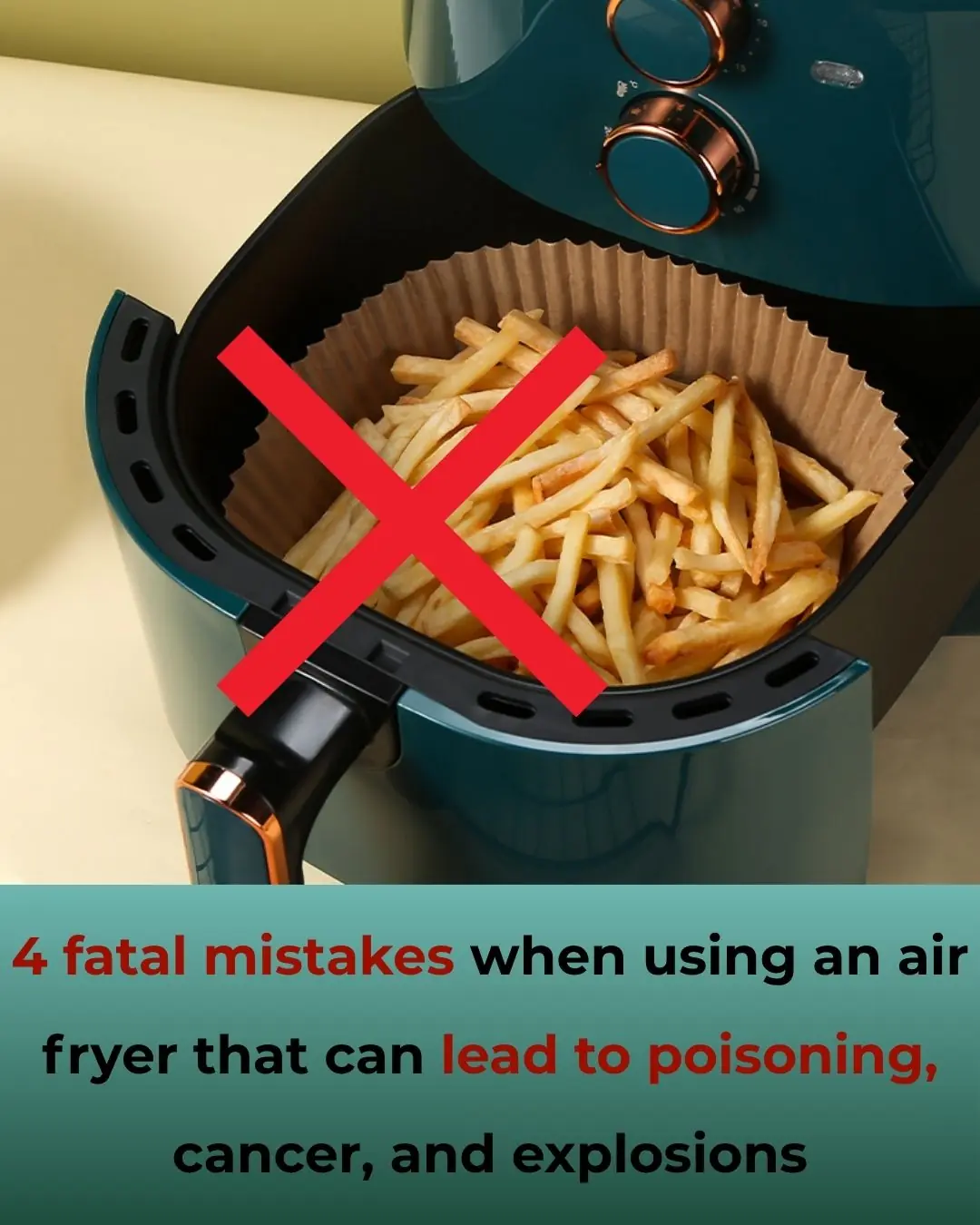
WARNING: Fake milk is spreading, how to distinguish REAL - FAKE powdered milk simply with just 1 cup of cold water

How to Tell Real Infant Formula from Fake Ones — A Simple Water Test Every Parent Should Know
Nowadays, the market is flooded with counterfeit and low-quality powdered milk products. These fake formulas are often made from unidentified or harmful ingredients and contain little to no nutrition. Because a baby’s digestive system is still very delicate, consuming fake formula can lead to serious health issues such as malnutrition, slow growth, and long-term digestive problems.
That’s why it’s essential for parents to know how to distinguish genuine infant formula from fake or poor-quality products to ensure their child’s safety and healthy development.
Below are simple and practical methods every parent can use to identify fake formula, using both external packaging and the milk powder itself.
1. Check the Packaging Carefully
A genuine product usually has a high-quality design and printing, while fake ones often show several irregularities.
– Design and printing quality:
Real formula cans have clear, sharp prints with consistent colors and no smudges. Counterfeit ones, on the other hand, often have dull colors, blurry text, or overly bright and flashy printing that looks suspiciously cheap.
– Barcode and country of origin:
Always check the barcode printed on the can. Barcodes can help identify the country where the product was made or distributed. Here are some common codes to keep in mind:
| Country | Barcode Prefix |
|---|---|
| USA & Canada | 00–13 |
| Japan | 45, 49 |
| United Kingdom | 50 |
| France | 30–37 |
| Germany | 40–44 |
| Taiwan | 471 |
| Hong Kong | 489 |
| China | 690–692 |
| Singapore | 888 |
| South Korea | 880 |
| New Zealand | 94 |
| Thailand | 885 |
| Vietnam | 893 |
| Australia | 93 |
– Expiration date:
Authentic formula cans have expiration dates embossed directly onto the surface, making them easy to see and feel. The text is clean, clear, and cannot be easily removed. Fake products often have dates that are smudged, reprinted, or altered. Before buying, always double-check that the product is within its expiry date and the label looks untampered.
Tip: Avoid purchasing products with damaged seals, dented cans, or unclear labeling — all of which are red flags for counterfeit goods.
2. Examine the Powder Inside
With advanced counterfeiting technology, some fake formulas look surprisingly convincing from the outside. That’s why checking the contents is just as important.
– Color and texture:
Real milk powder usually has a light yellow or cream color and feels soft and smooth to the touch. Fake powder, however, often appears grayish or dark yellow and may contain lumps. When pressed between your fingers, genuine powder dissolves easily, while fake powder tends to clump together.
– Smell and taste:
Authentic formula has a mild, pleasant milky aroma. If the powder smells overly sweet, chemical-like, or sour, it’s likely fake or expired. A strange or pungent odor is an immediate warning sign.
3. The Water Test — Cold and Hot
This is one of the simplest ways to check formula quality at home. All you need is a glass of cold water and a glass of hot water.
– With cold water:
Add a spoonful of powder into a cup of cold water. Genuine formula will float and dissolve very slowly, remaining suspended in the water. Fake formula tends to either sink immediately or dissolve too quickly — a sign that it may contain fillers or starch instead of real milk solids.
– With hot water:
Next, try mixing another spoonful into hot water. Real formula will initially float and require gentle stirring to dissolve completely. Once dissolved, it should remain uniform with no residue settling at the bottom even after five minutes. Counterfeit formula often dissolves instantly without stirring, but later leaves a thick layer of sediment or floating particles.
Note: For an accurate test, use clean glass cups and avoid using boiling water, as extreme heat can alter the consistency even of genuine milk powder.
Final Advice for Parents
While these tests can help you identify suspicious products, they’re not a substitute for buying from trusted sources. Always purchase formula from reputable pharmacies, supermarkets, or official brand distributors. Be cautious of products sold online at unusually low prices — if the deal looks too good to be true, it probably is.
Taking a few extra minutes to check can make a world of difference for your baby’s health and well-being. A mother’s careful eye and knowledge are the best defense against fake formula on the market.
News in the same category

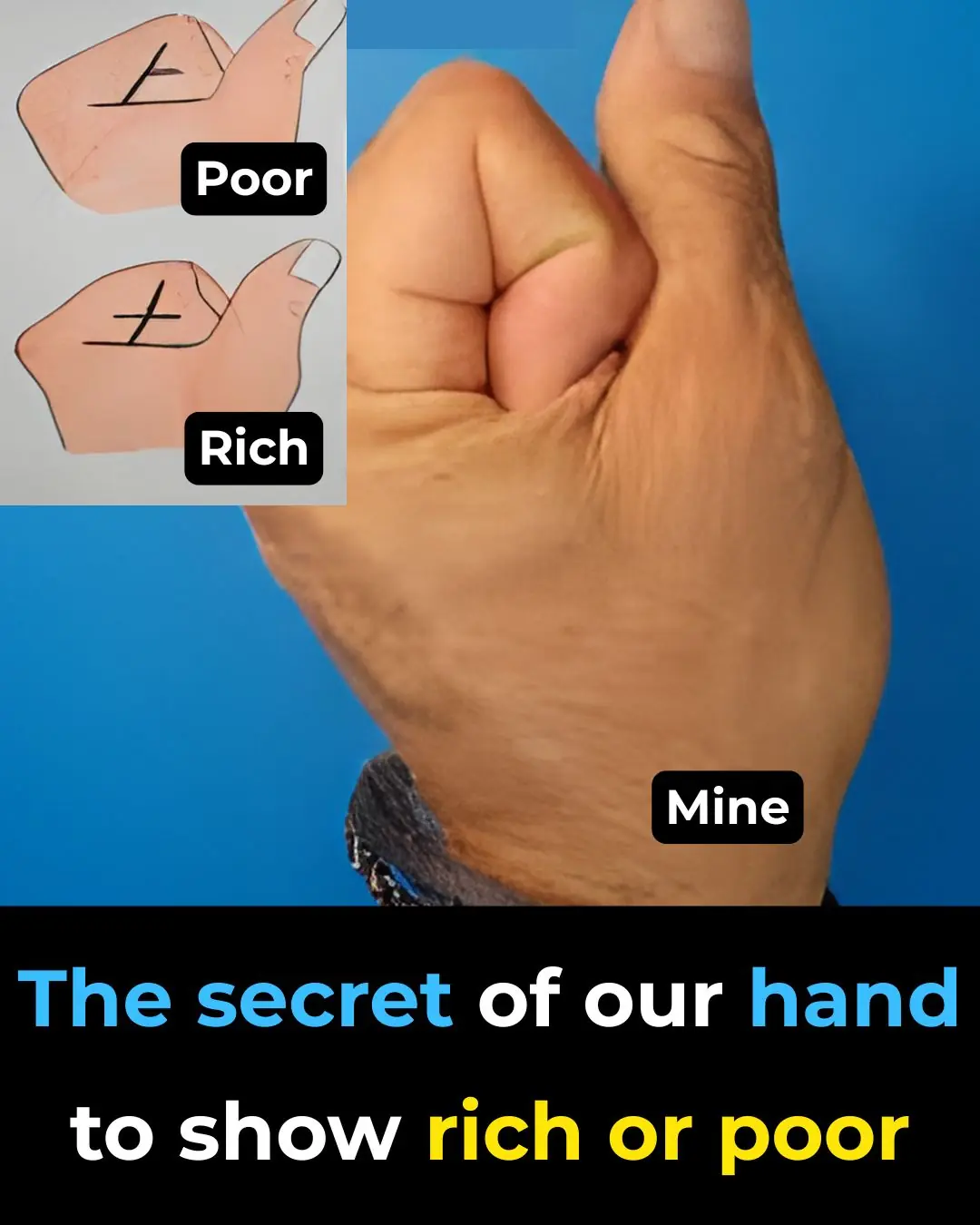
The Secret of Our Hand to Show RICH or POOR…
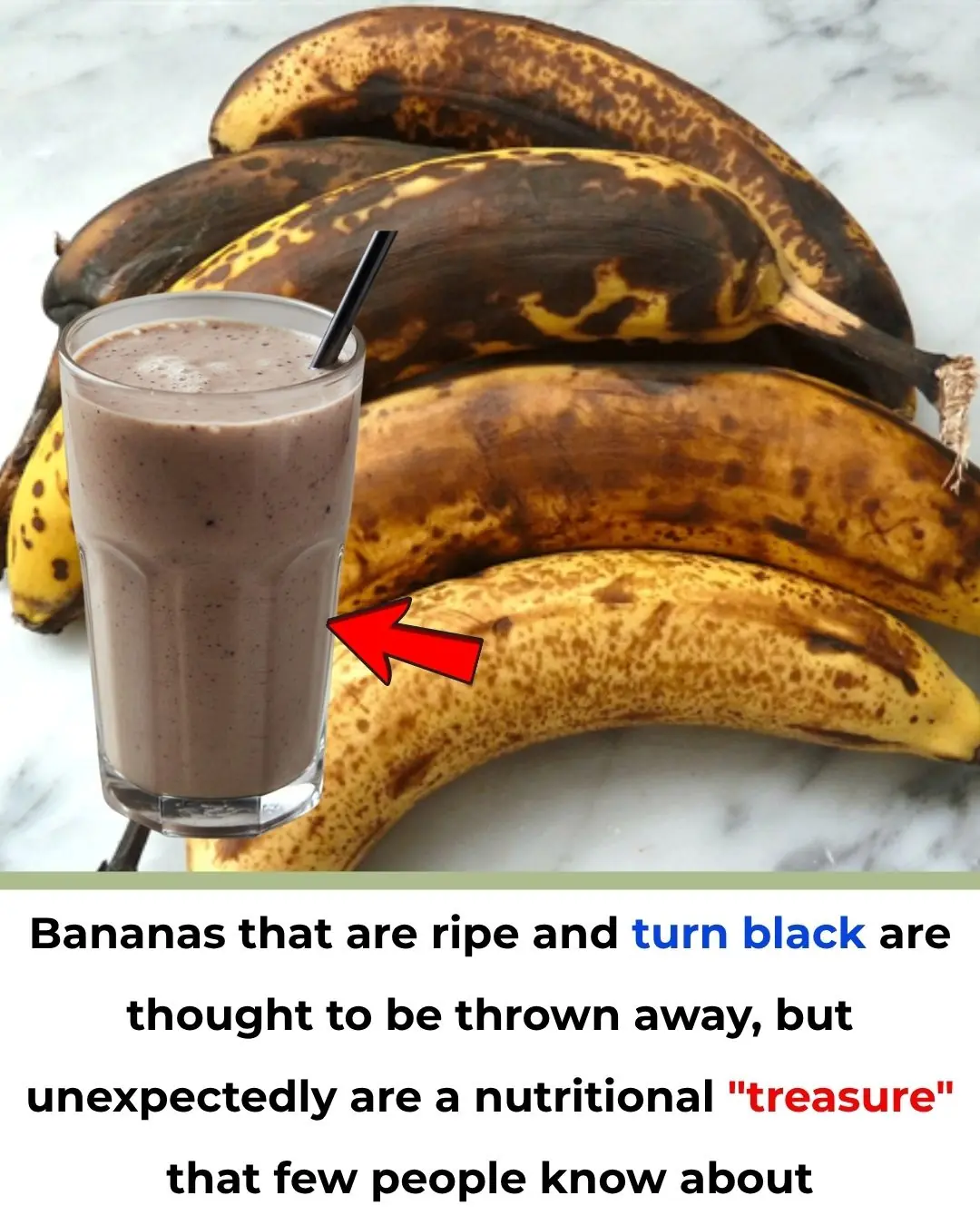
Bananas that are ripe and turn black are thought to be thrown away, but unexpectedly are a nutritional "treasure" that few people know about
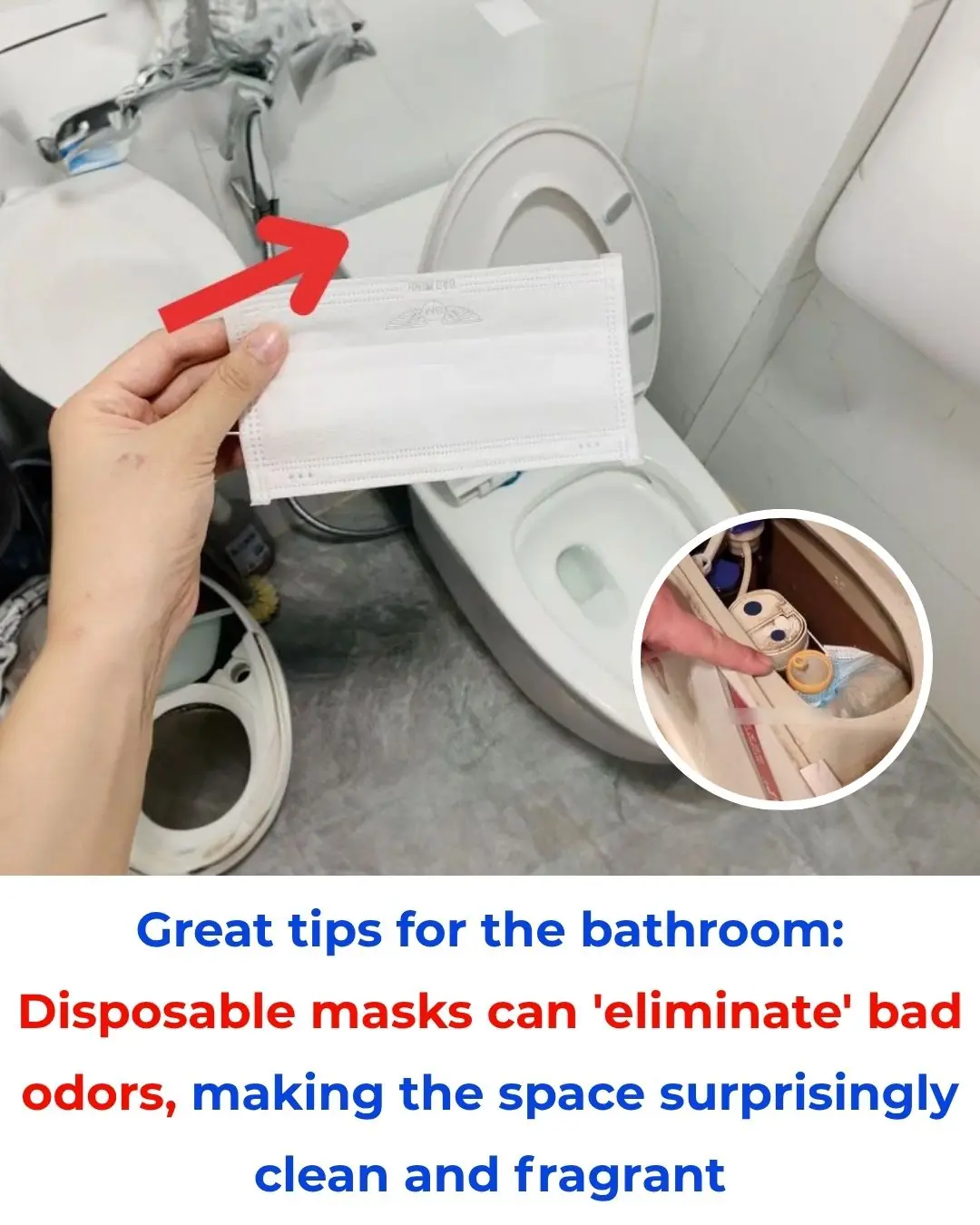
Great tips for the bathroom: Disposable masks can 'eliminate' bad odors, making the space surprisingly clean and fragrant
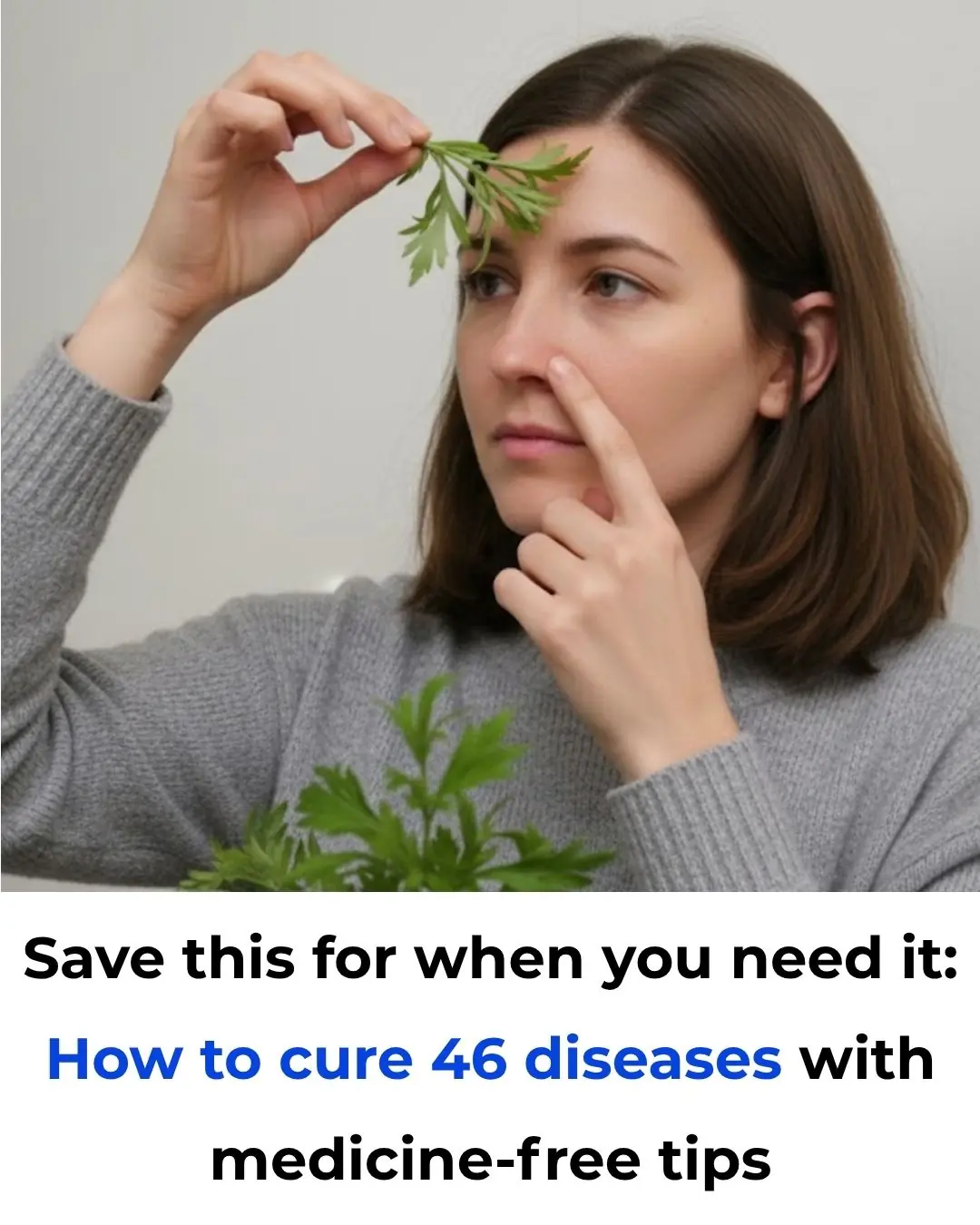
Save this for when you need it: How to cure 46 diseases with medicine-free tips

Why do gourmets always choose places with lots of leftover tissues when eating out?
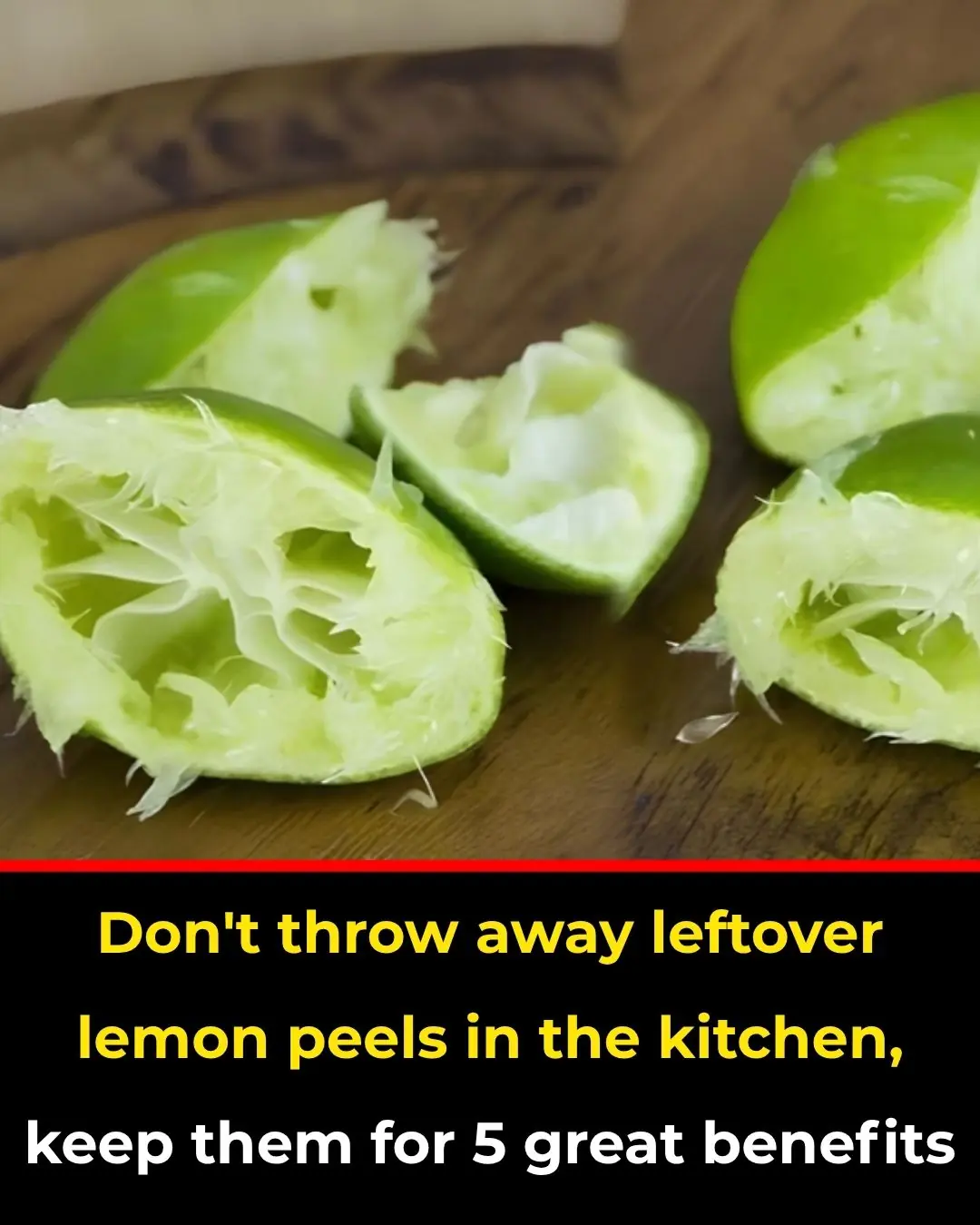
Don't throw away leftover lemon peels in the kitchen, keep them for 5 great benefits
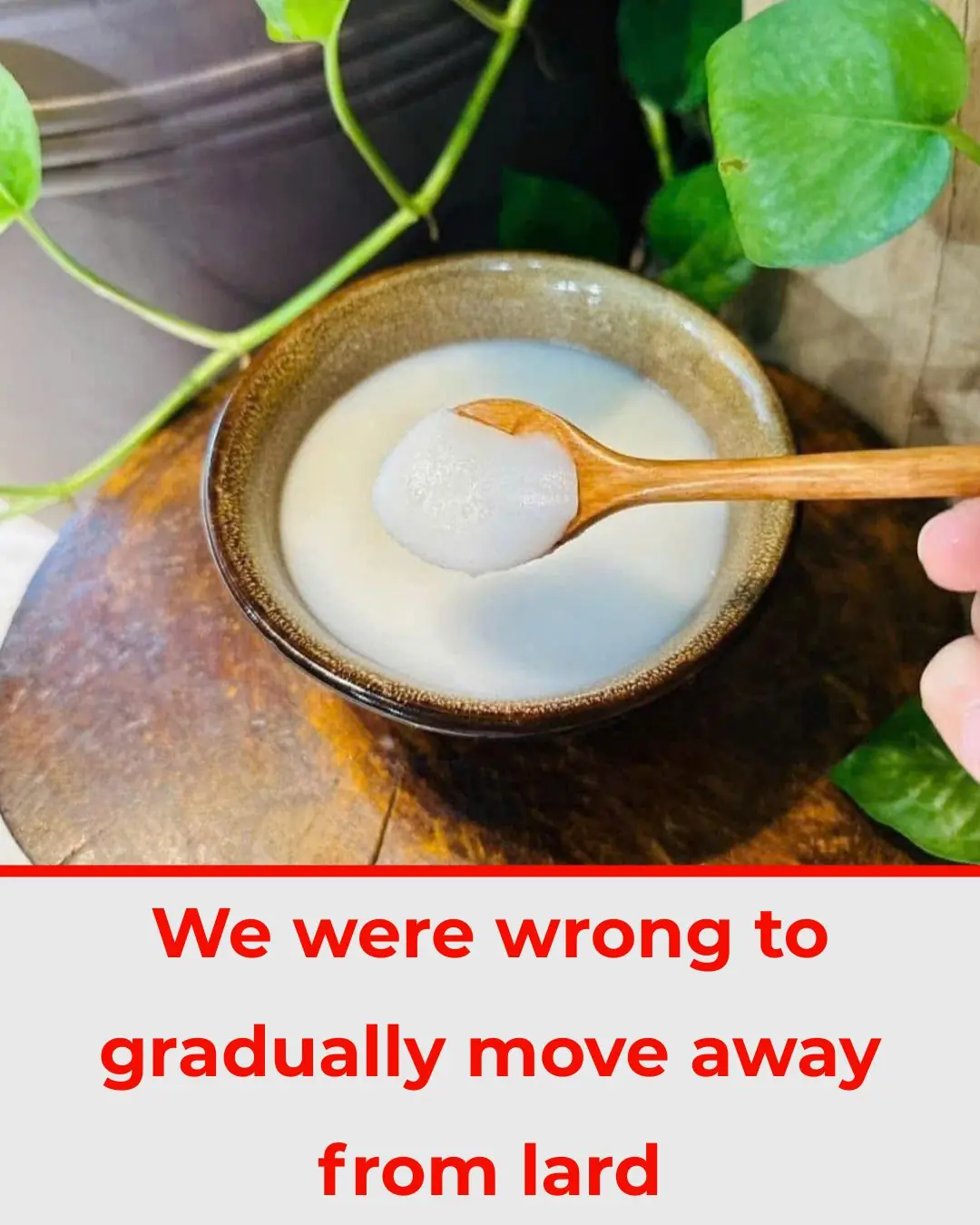
We were wrong to gradually move away from lard
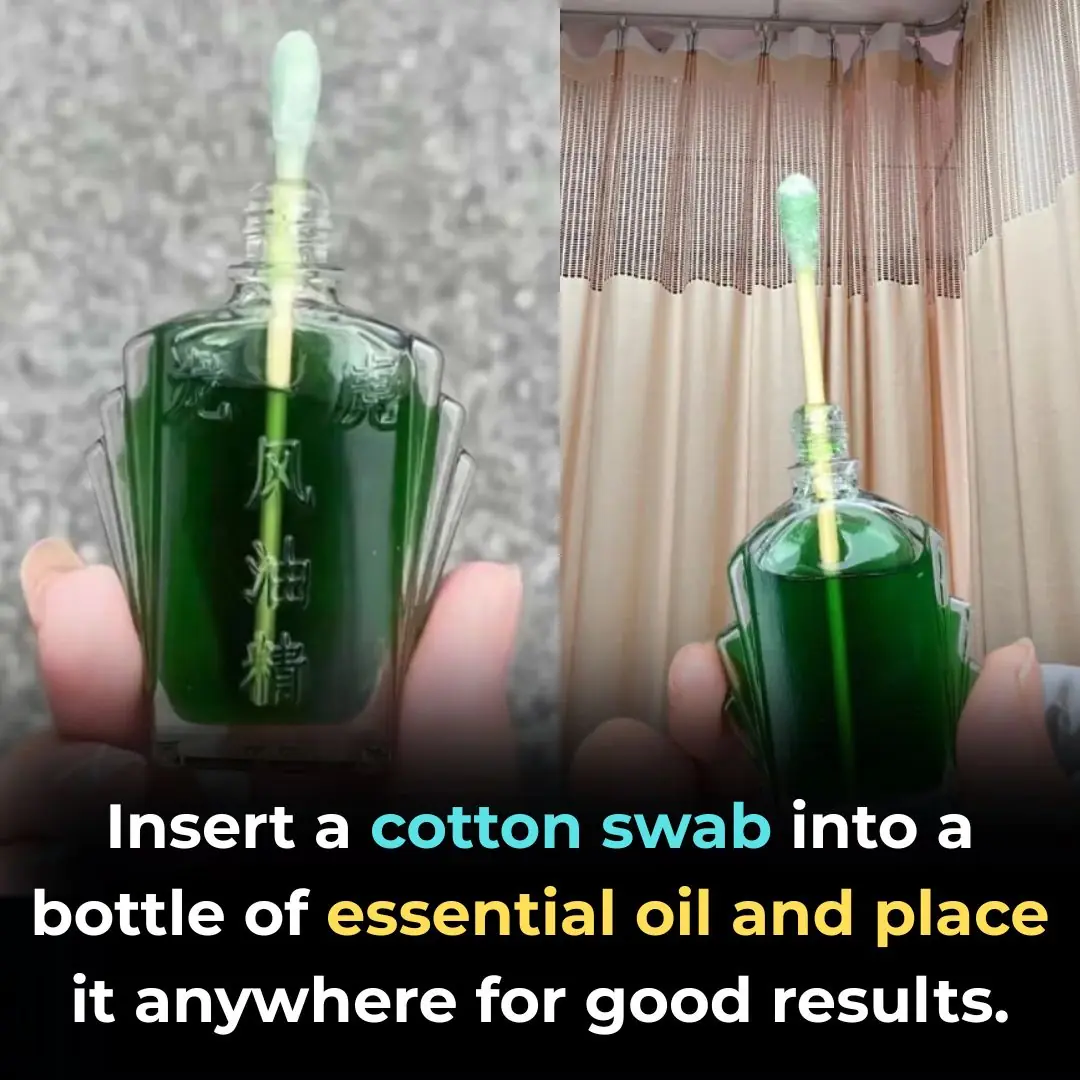
Insert a cotton swab into a bottle of essential oil and place it anywhere for good results.
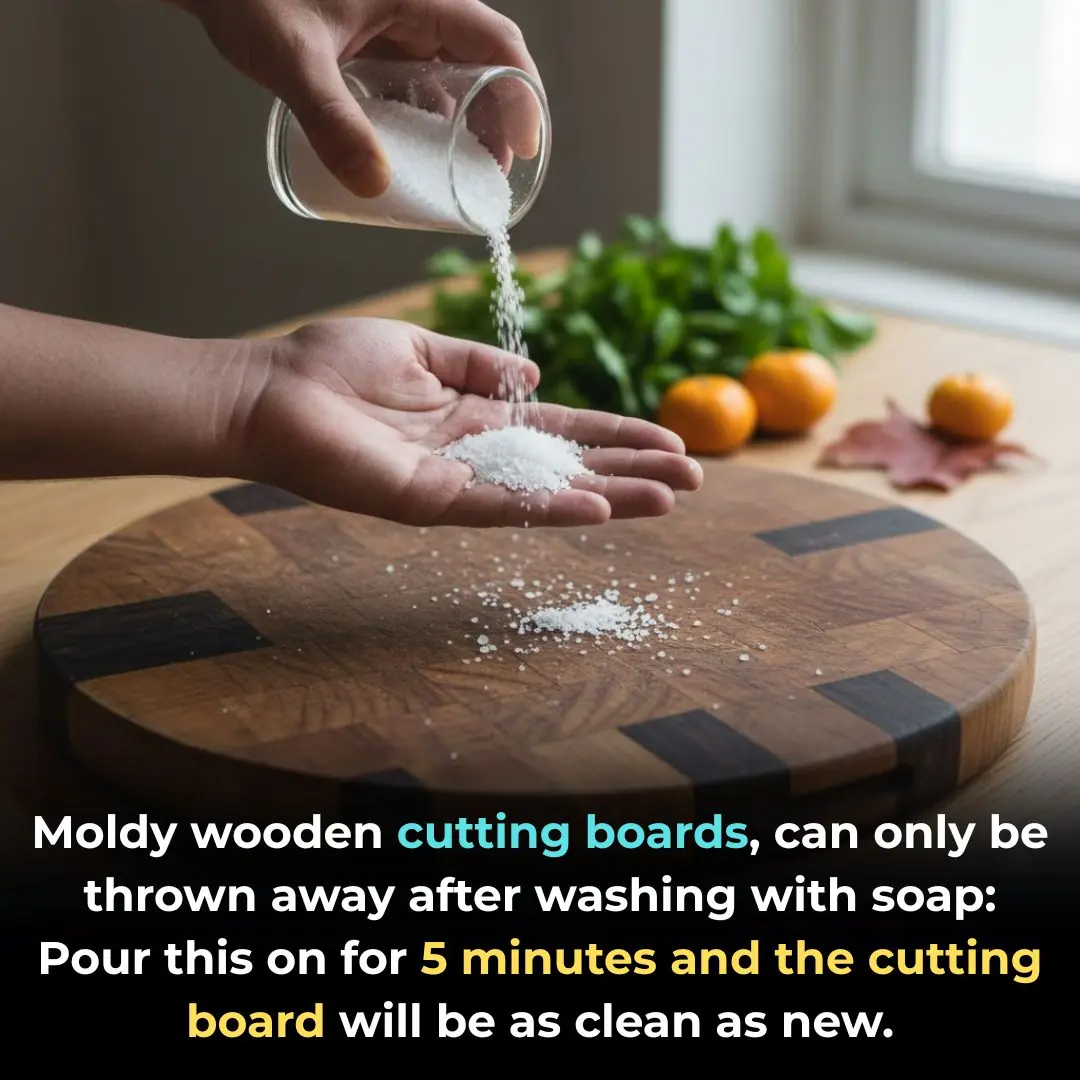
Moldy wooden cutting boards, can only be thrown away after washing with soap: Pour this on for 5 minutes and the cutting board will be as clean as new.
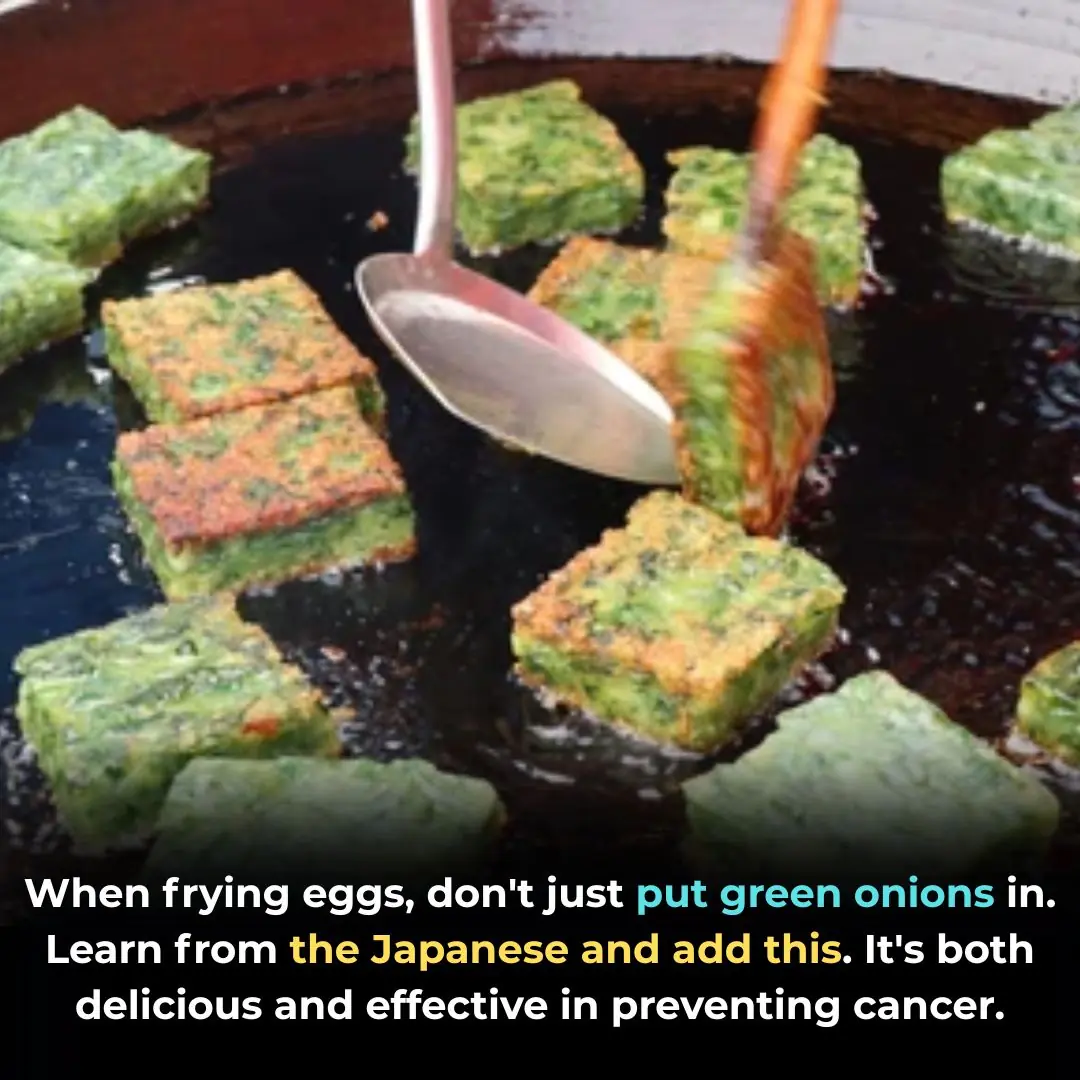
When frying eggs, don't just put green onions in. Learn from the Japanese and add this. It's both delicious and effective in preventing cancer.
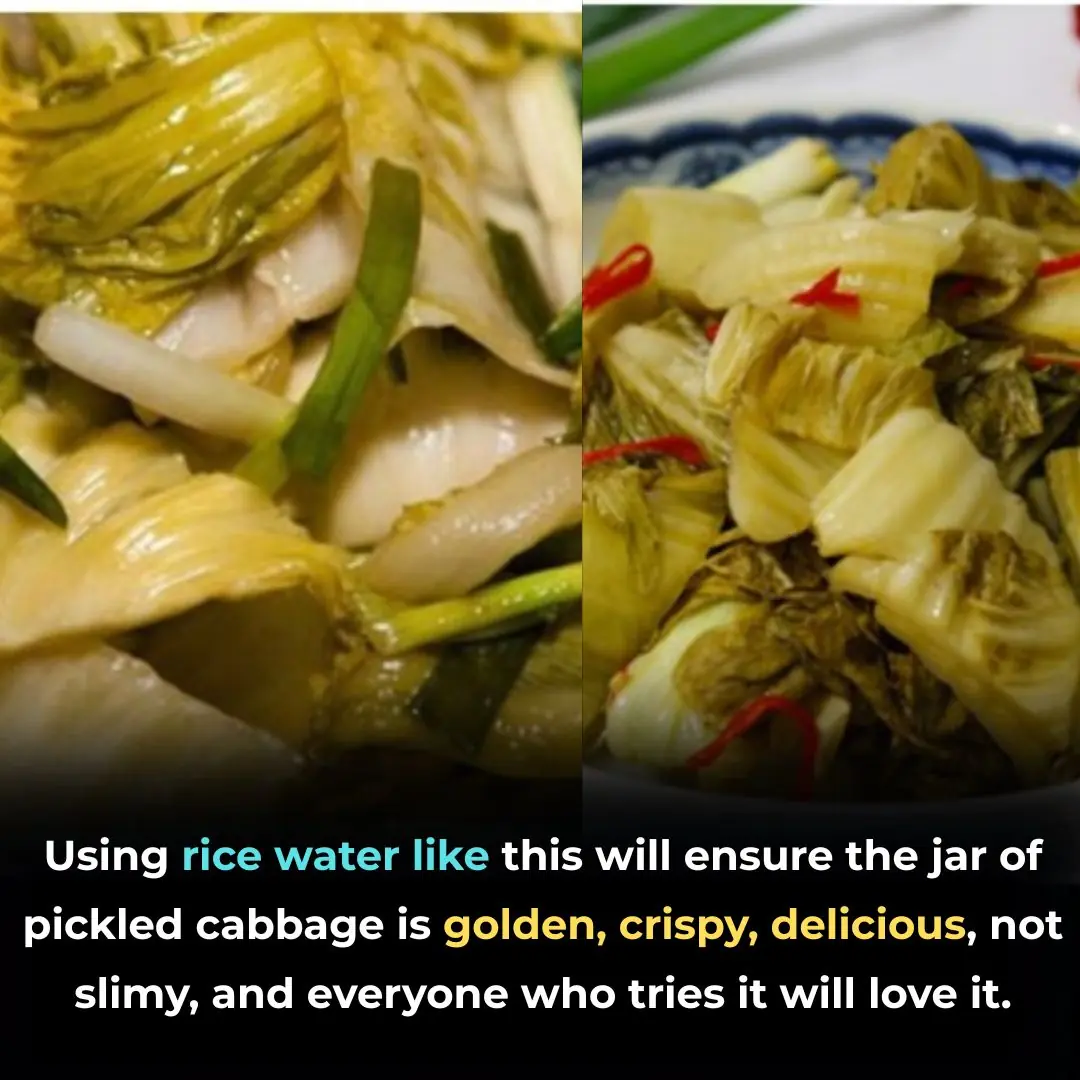
Using rice water like this will ensure the jar of pickled cabbage is golden, crispy, delicious, not slimy, and everyone who tries it will love it.
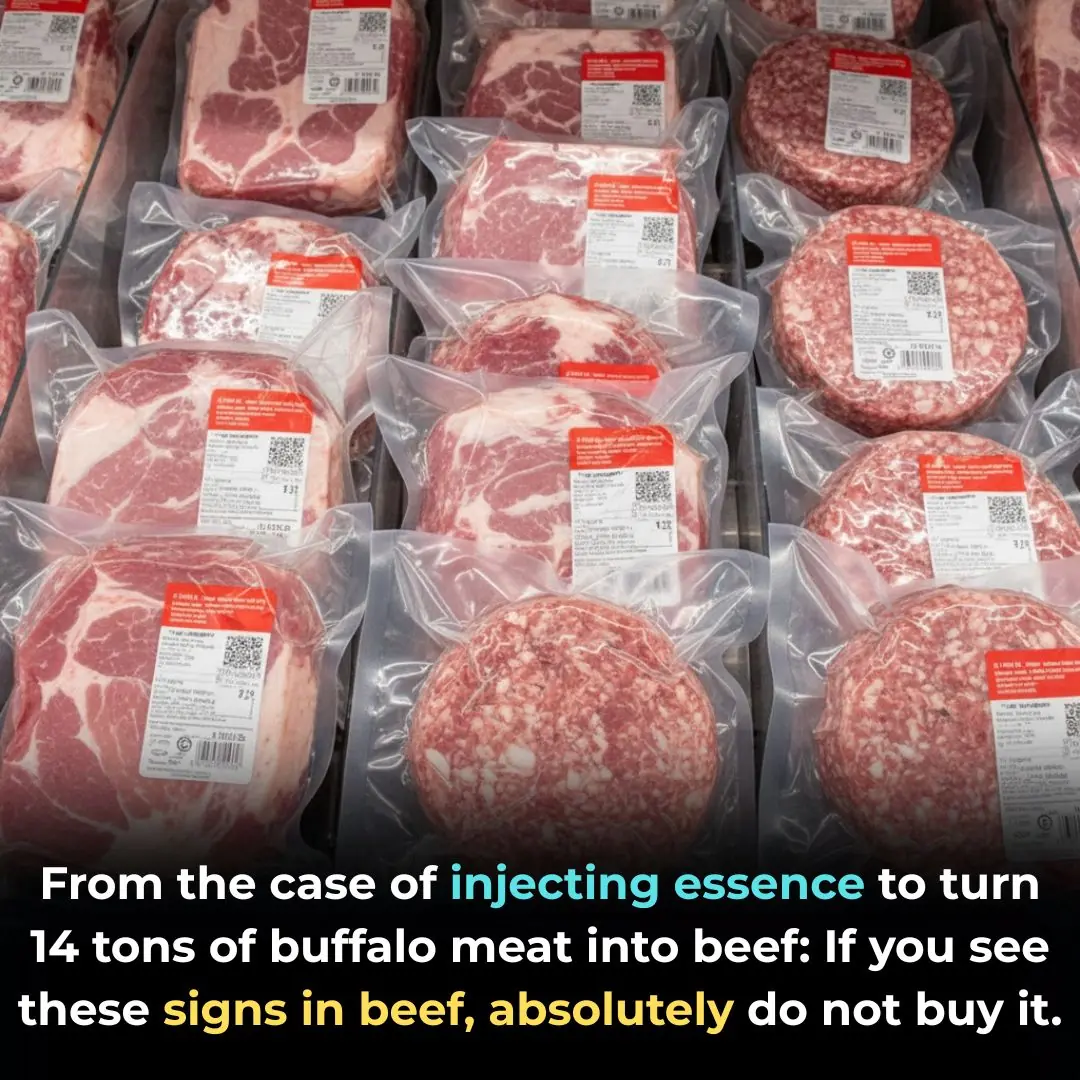
From the case of injecting essence to turn 14 tons of buffalo meat into beef: If you see these signs in beef, absolutely do not buy it.
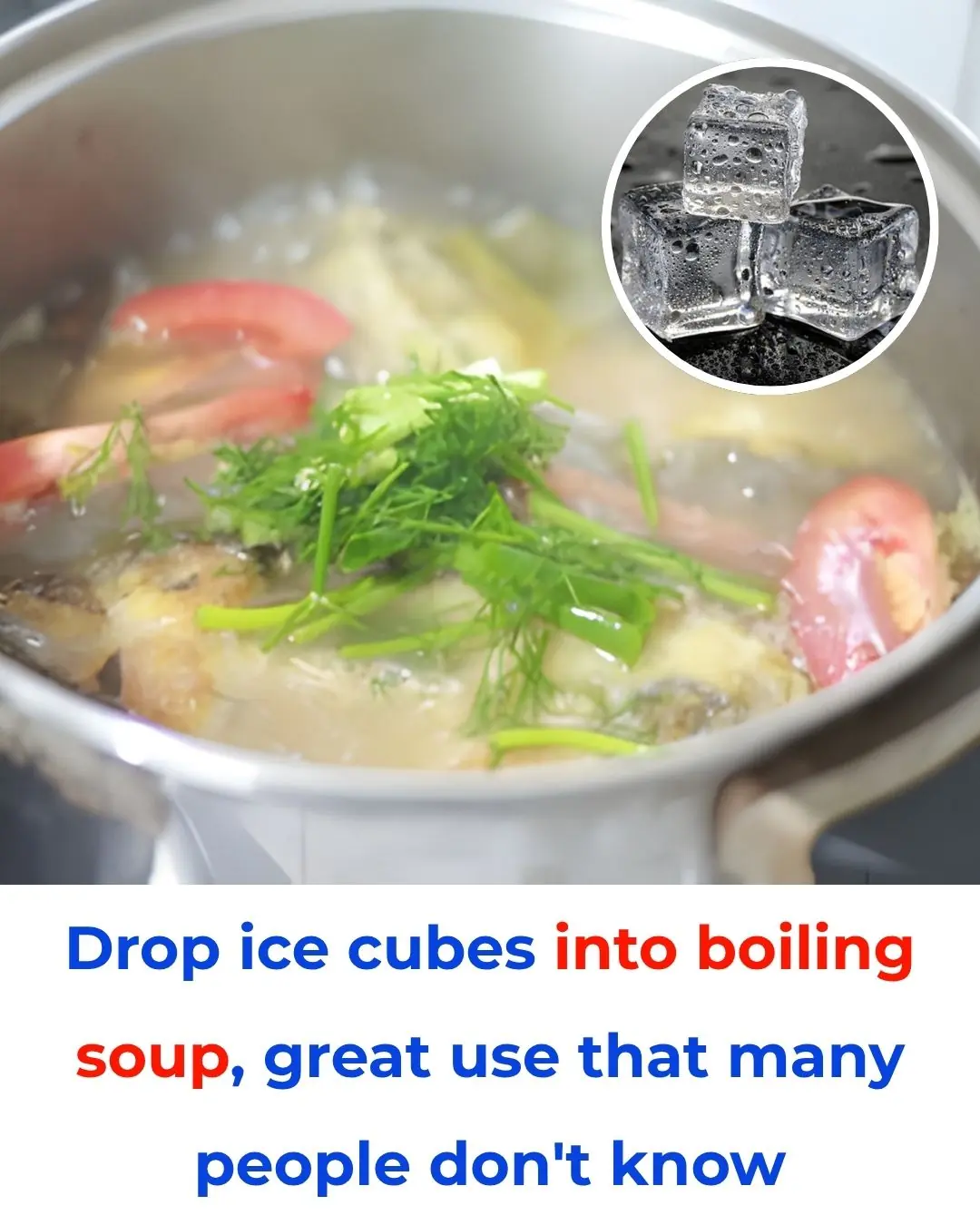
Putting Ice Cubes into Boiling Soup: A Clever Trick Many People Don’t Know
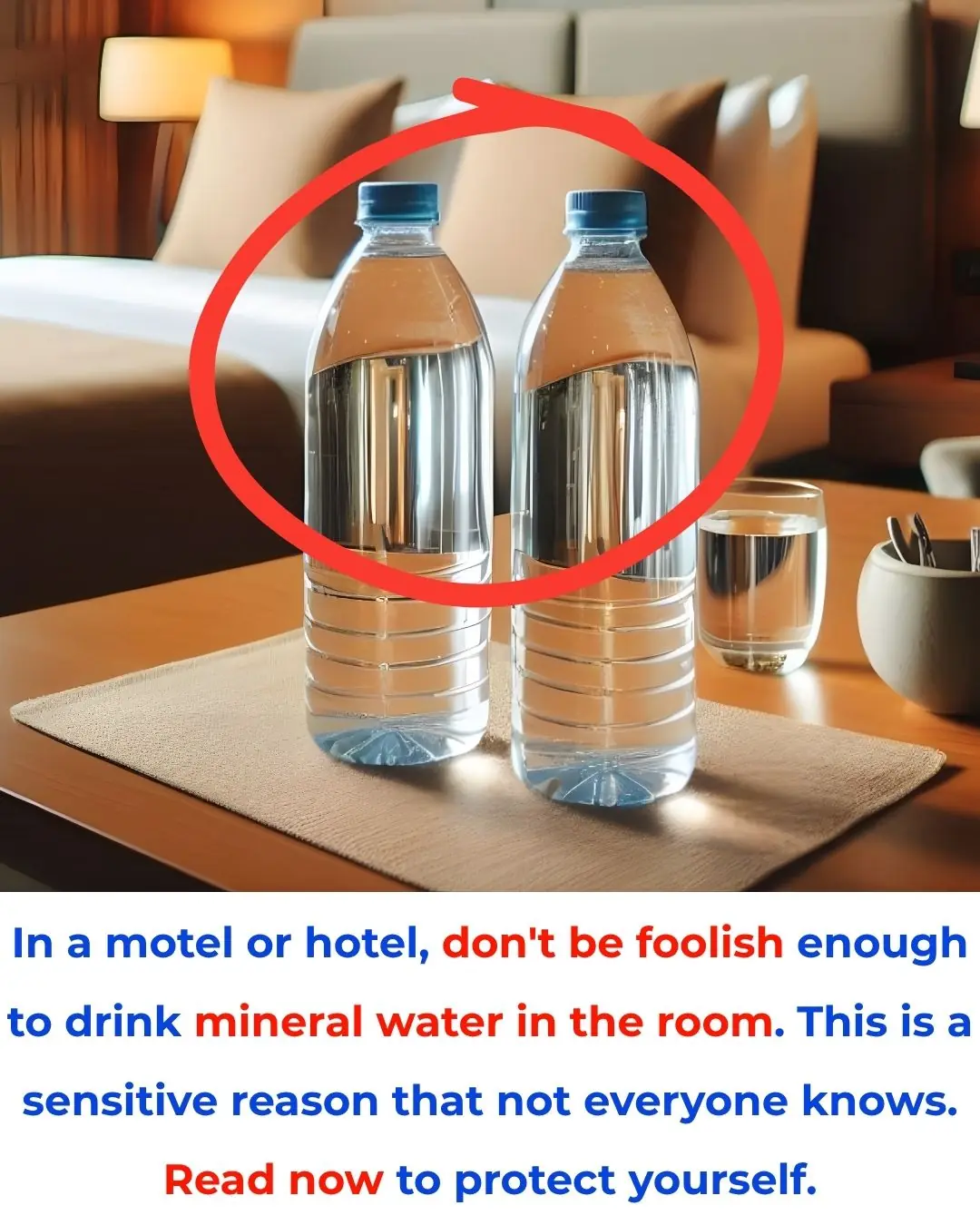
Think Twice Before Drinking Bottled Water in Hotel Rooms – Here's Why It's Not Always Safe or Worth It

A simple tip you probably need right now.
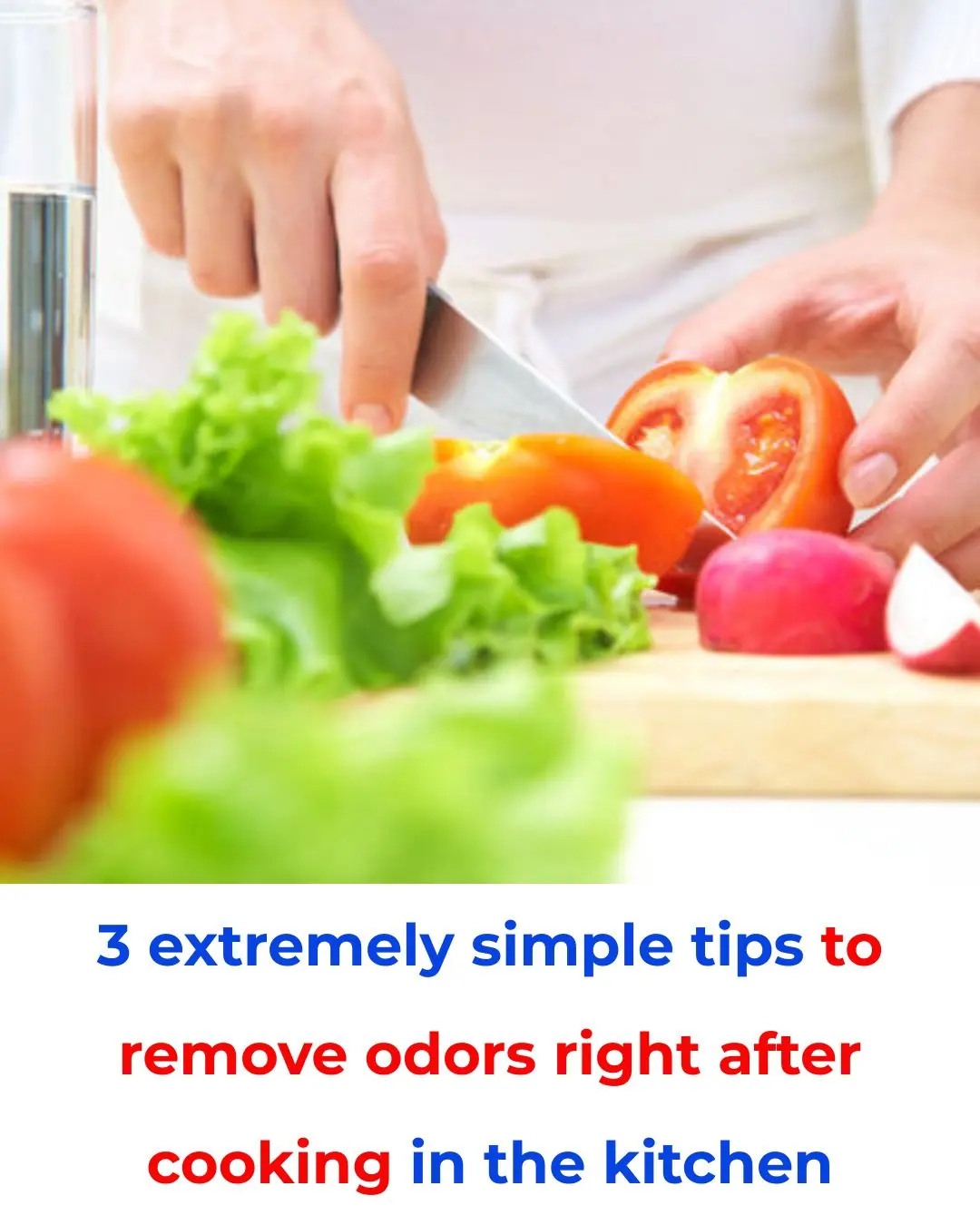
3 extremely simple tips to remove odors right after cooking in the kitchen
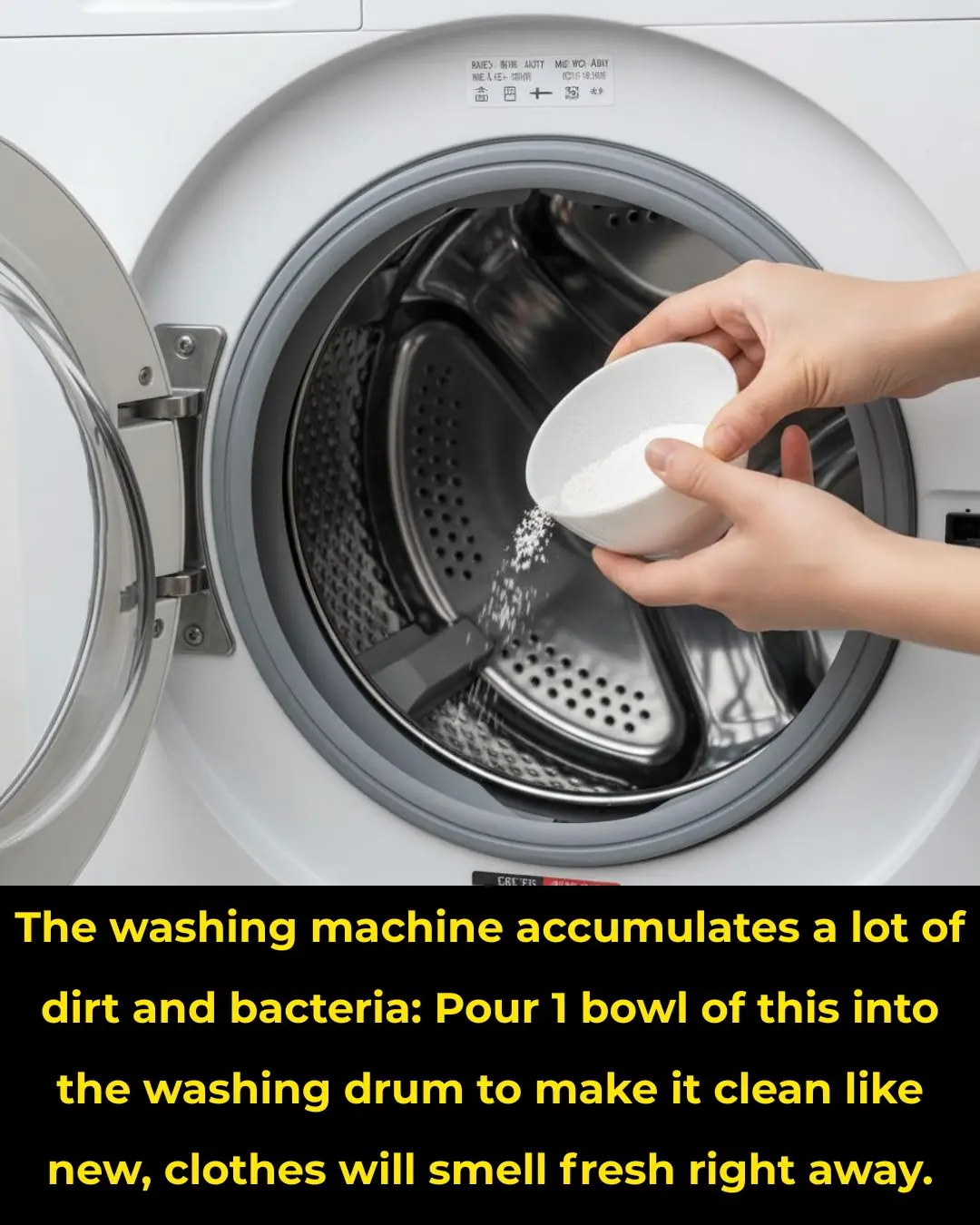
The washing machine accumulates a lot of dirt and bacteria: Pour 1 bowl of this into the washing drum to make it clean like new, clothes will smell fresh right away
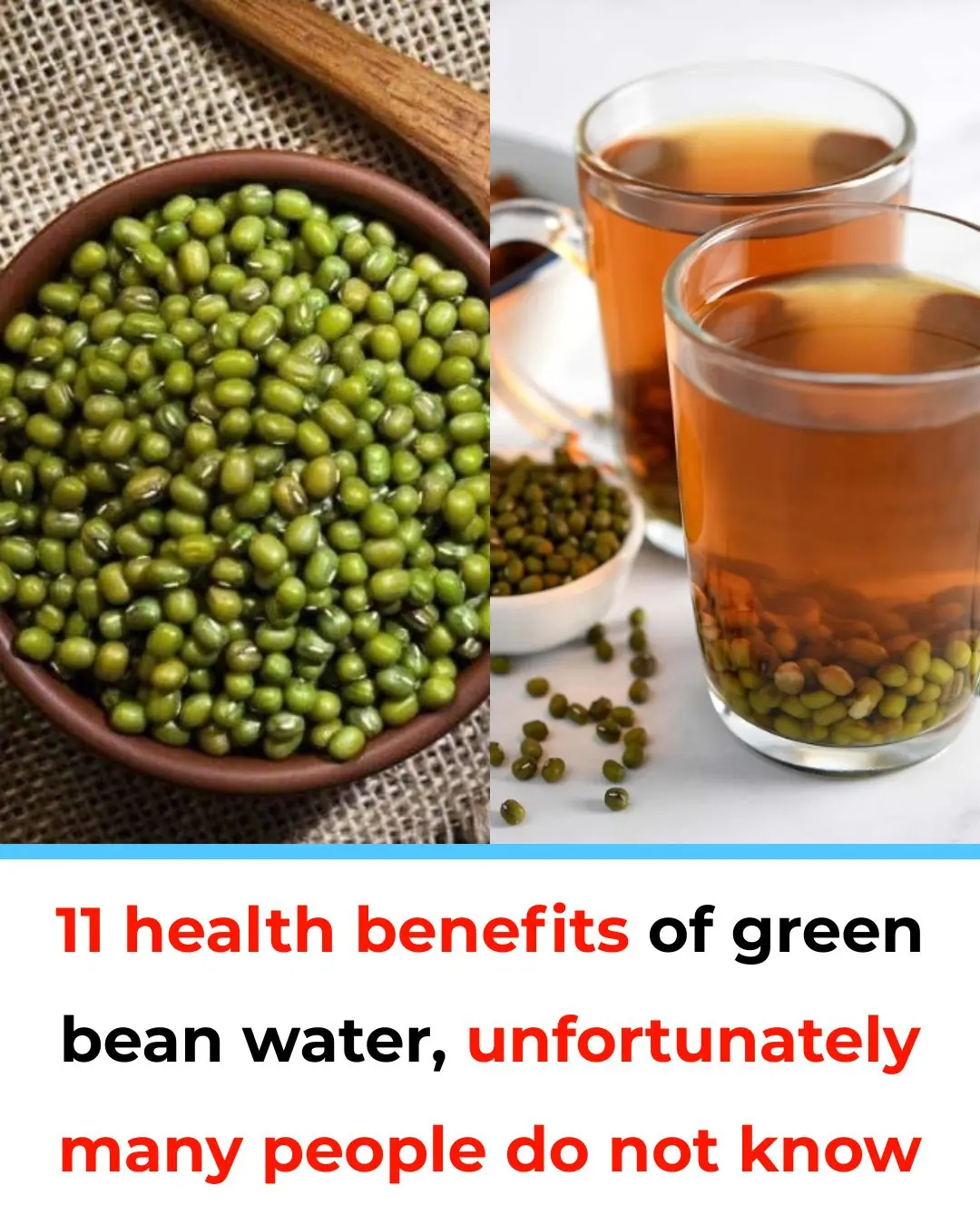
11 health benefits of green bean water, unfortunately many people do not know
News Post
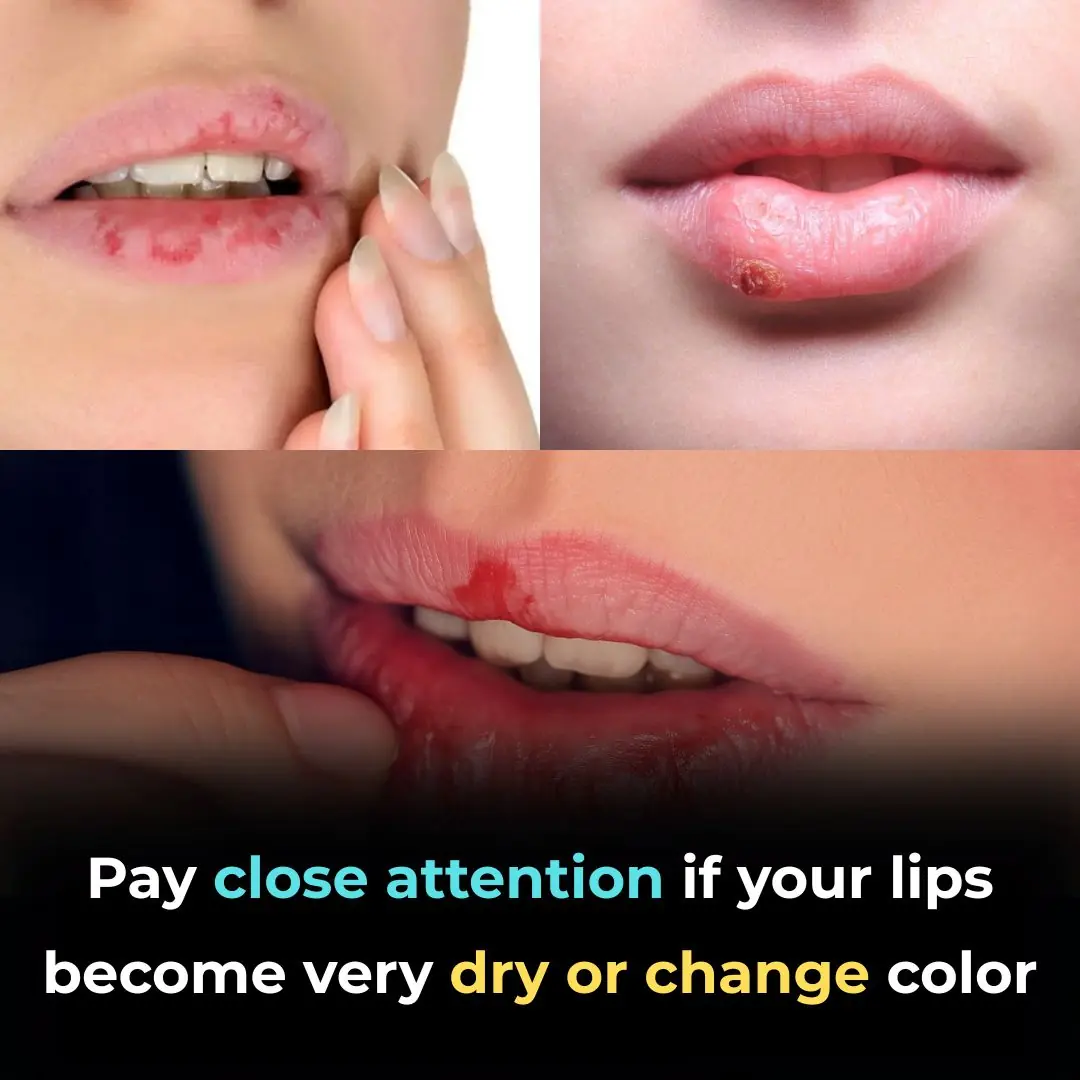
What Your Lips Say About Your Health

Important News for Everyone Who Loves a Daytime Nap
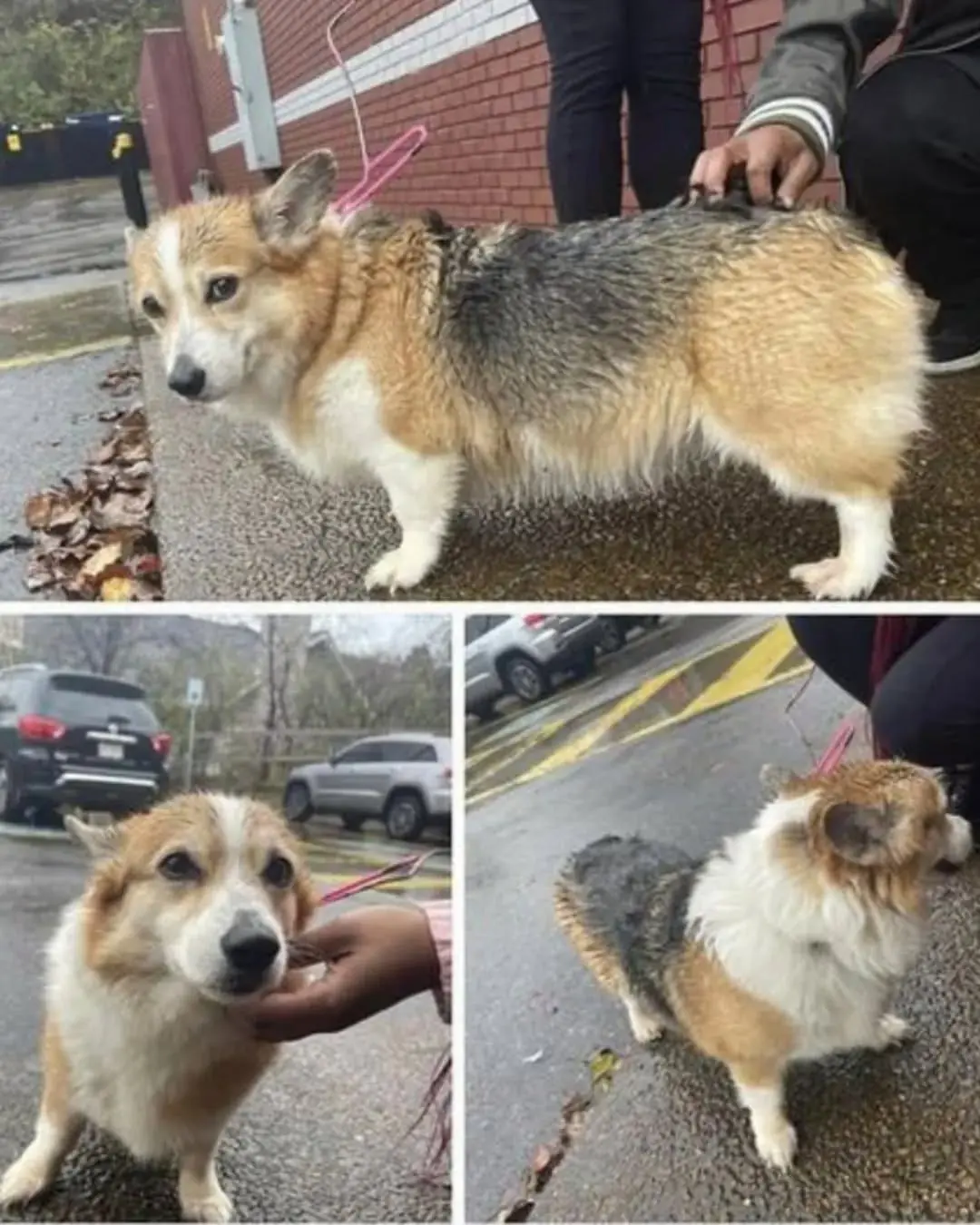
The Night Edith Found Her Angels at a Waffle House

The Dog Who Healed Our Hearts: A Story of Rescue, Love, and Second Chances
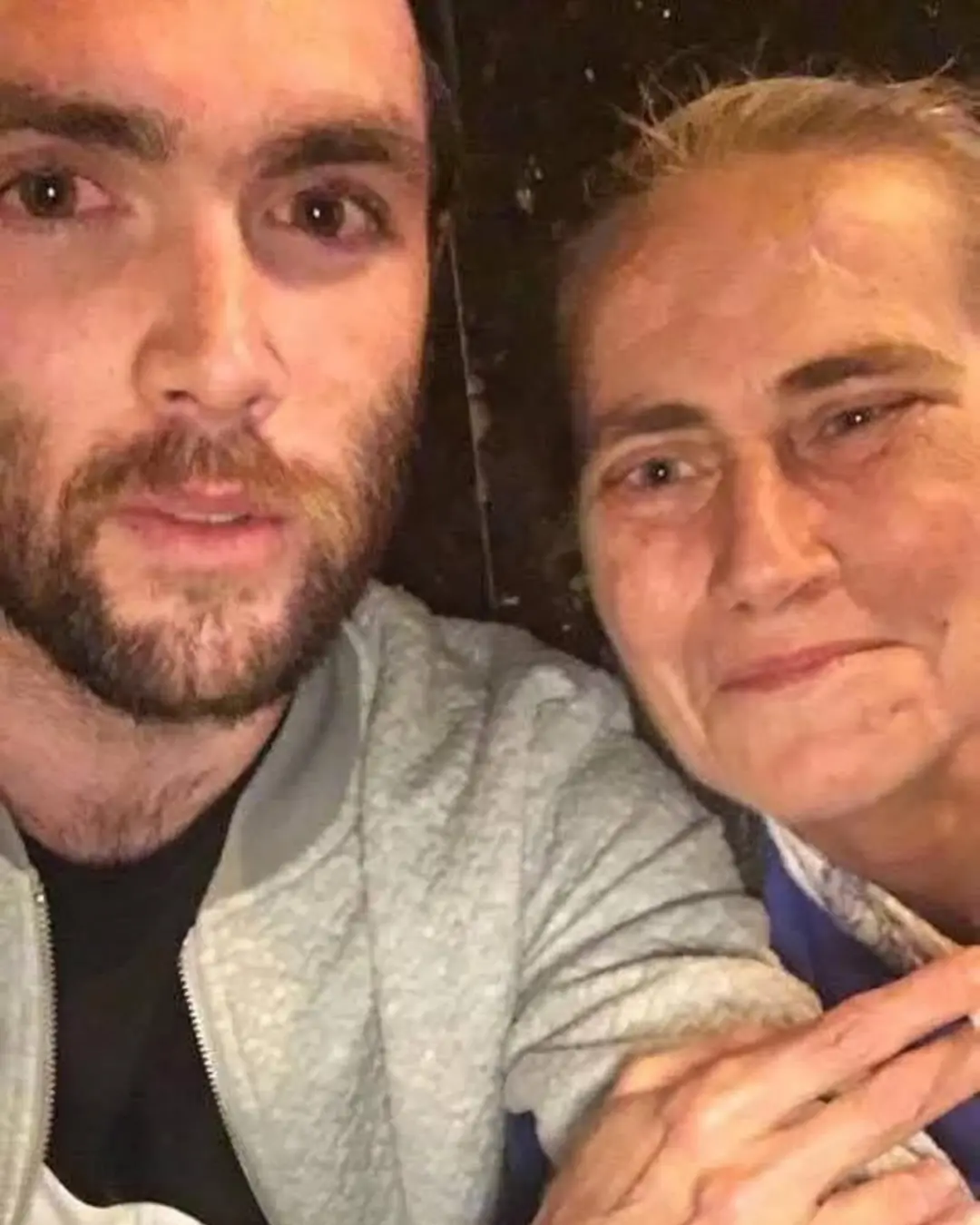
A Night at McDonald’s That Changed a Life — And Mine

Beyond the Badge: A Police Officer’s Reflection on True Community Connection

Koda the Christmas Bandit: The Dog Who Unwrapped Every Gift Under the Tree

A Brother’s Gift: Caleb’s Courage for His Sister Libby

Two Brothers, One Battle: The Scotts’ Fight for Life and Hope
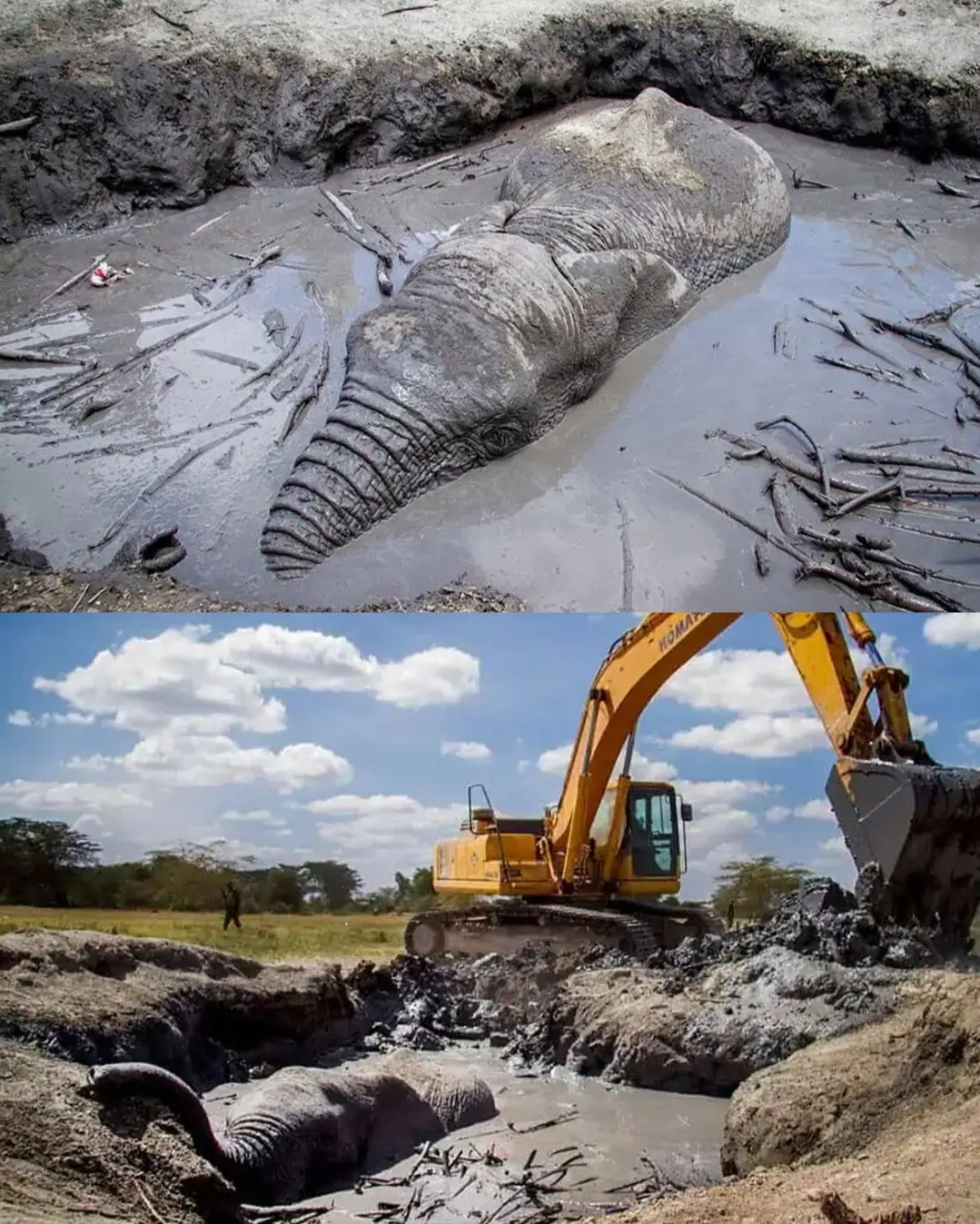
An Elephant’s Cry, A Human Answer.
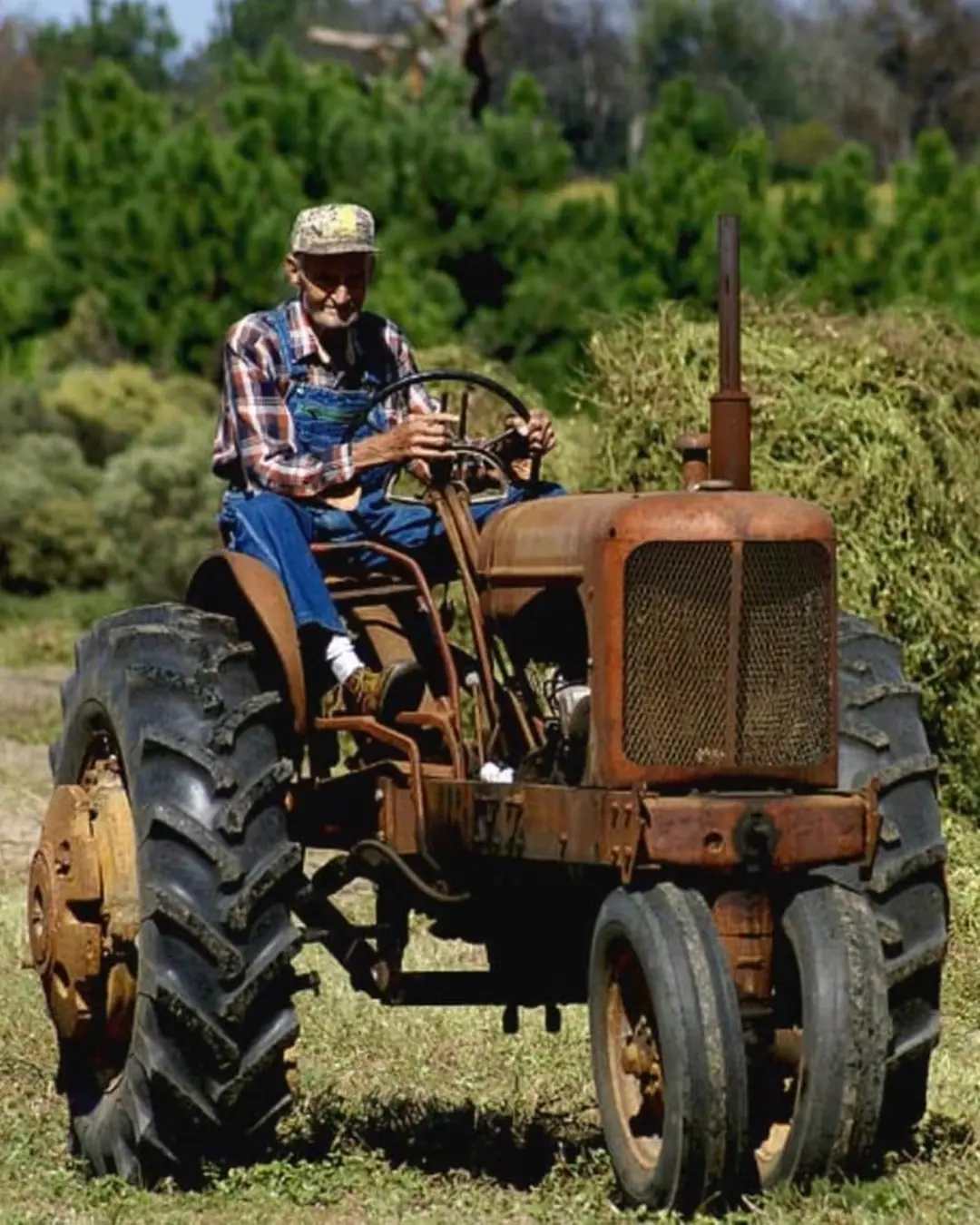
The Farmer’s Slow Lane
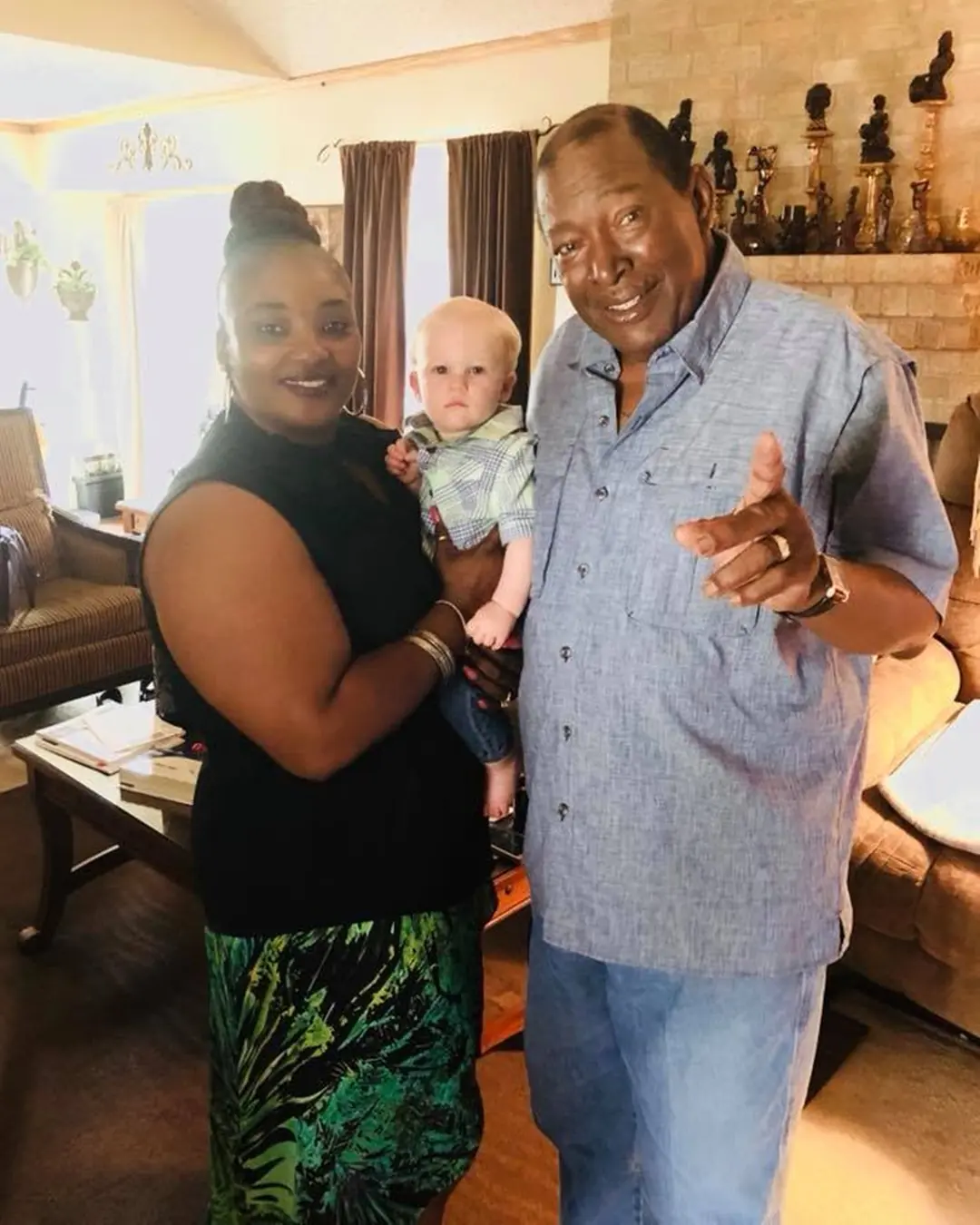
The Gift of a Grandfather Without Bloodlines.
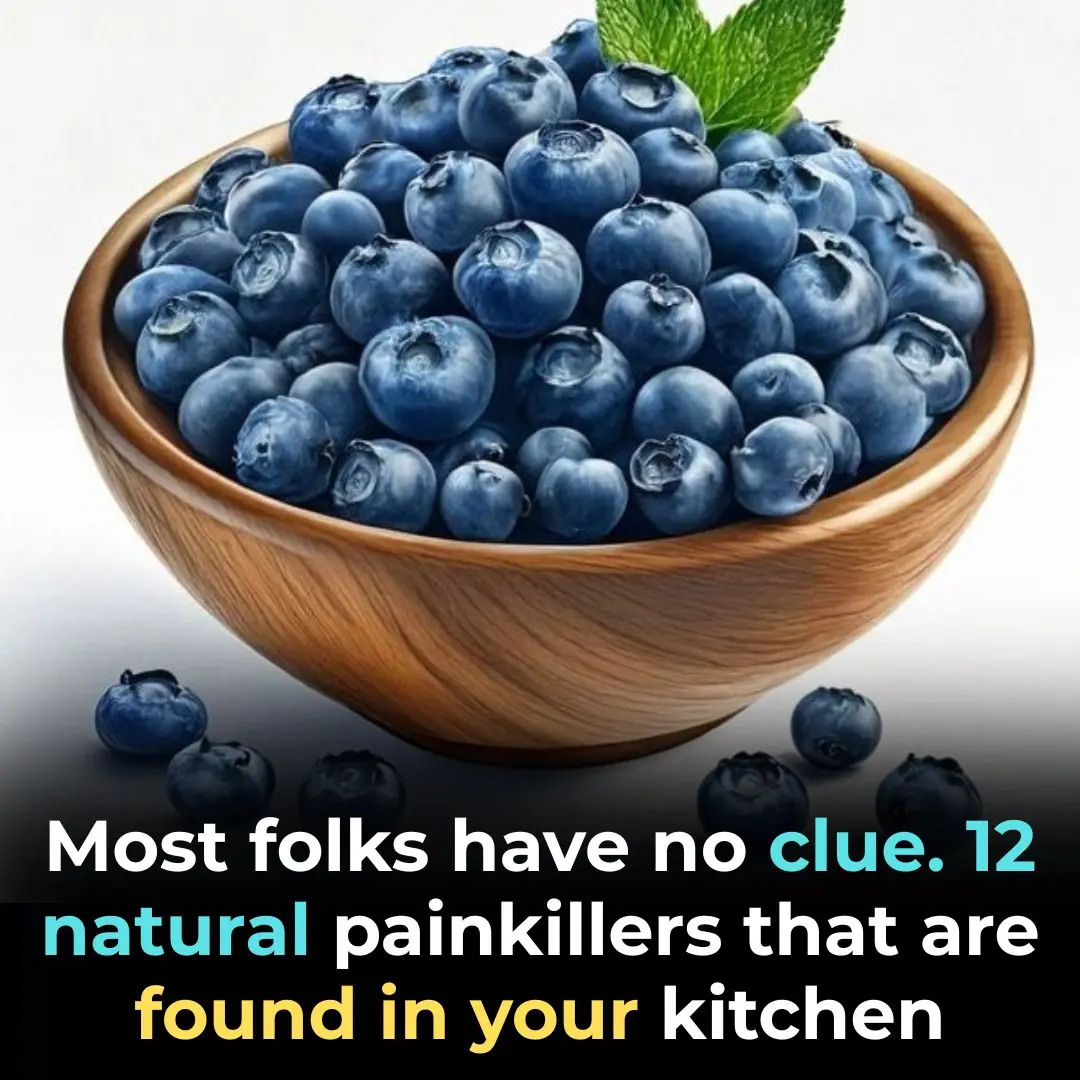
12 Powerful Natural Painkillers Found in Your Kitchen
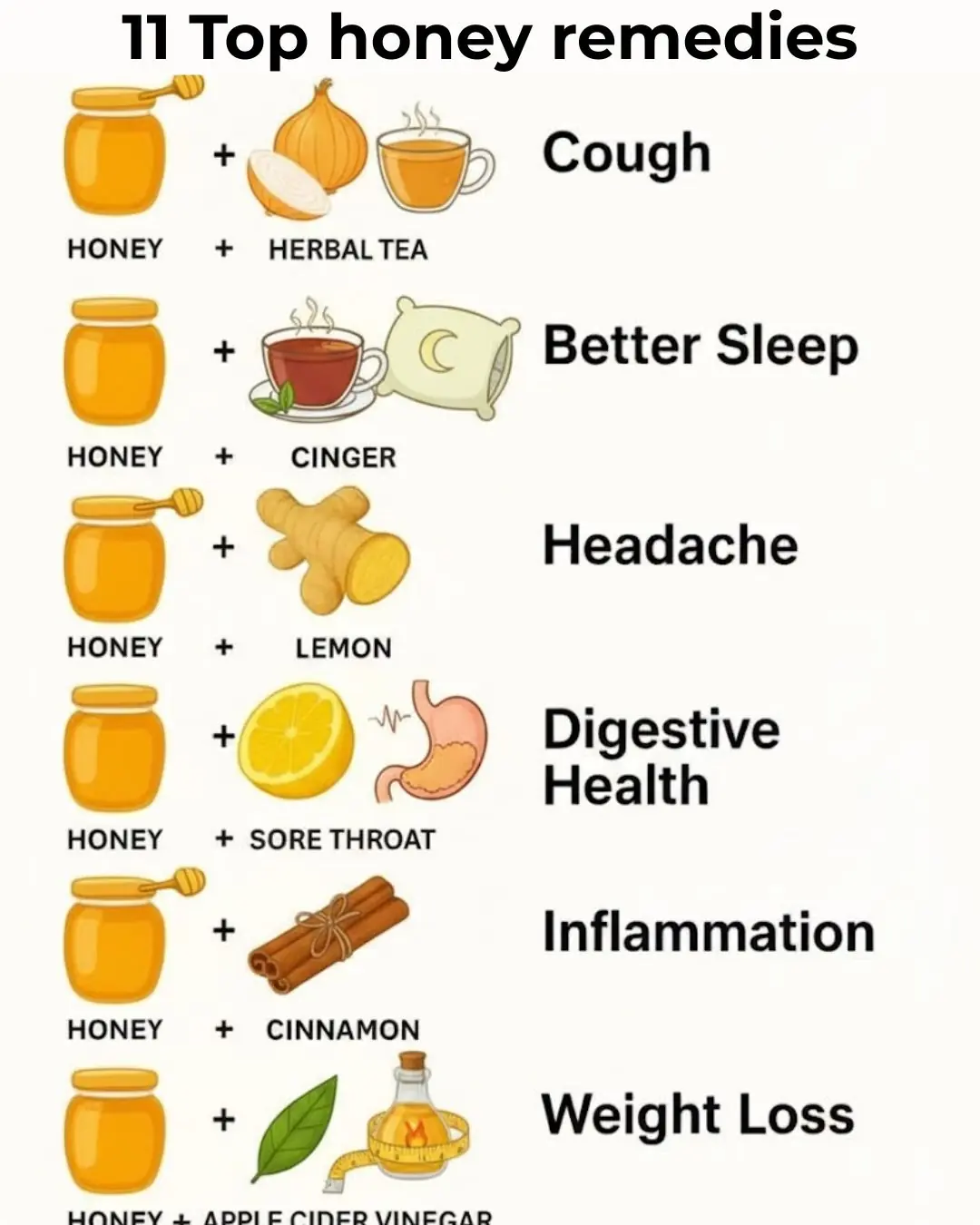
11 Honey Remedies That Truly Work

4 Dangerous Mistakes When Using an Air Fryer That Can Lead to Poisoning, Cancer, and Even Fires

The Secret of Our Hand to Show RICH or POOR…
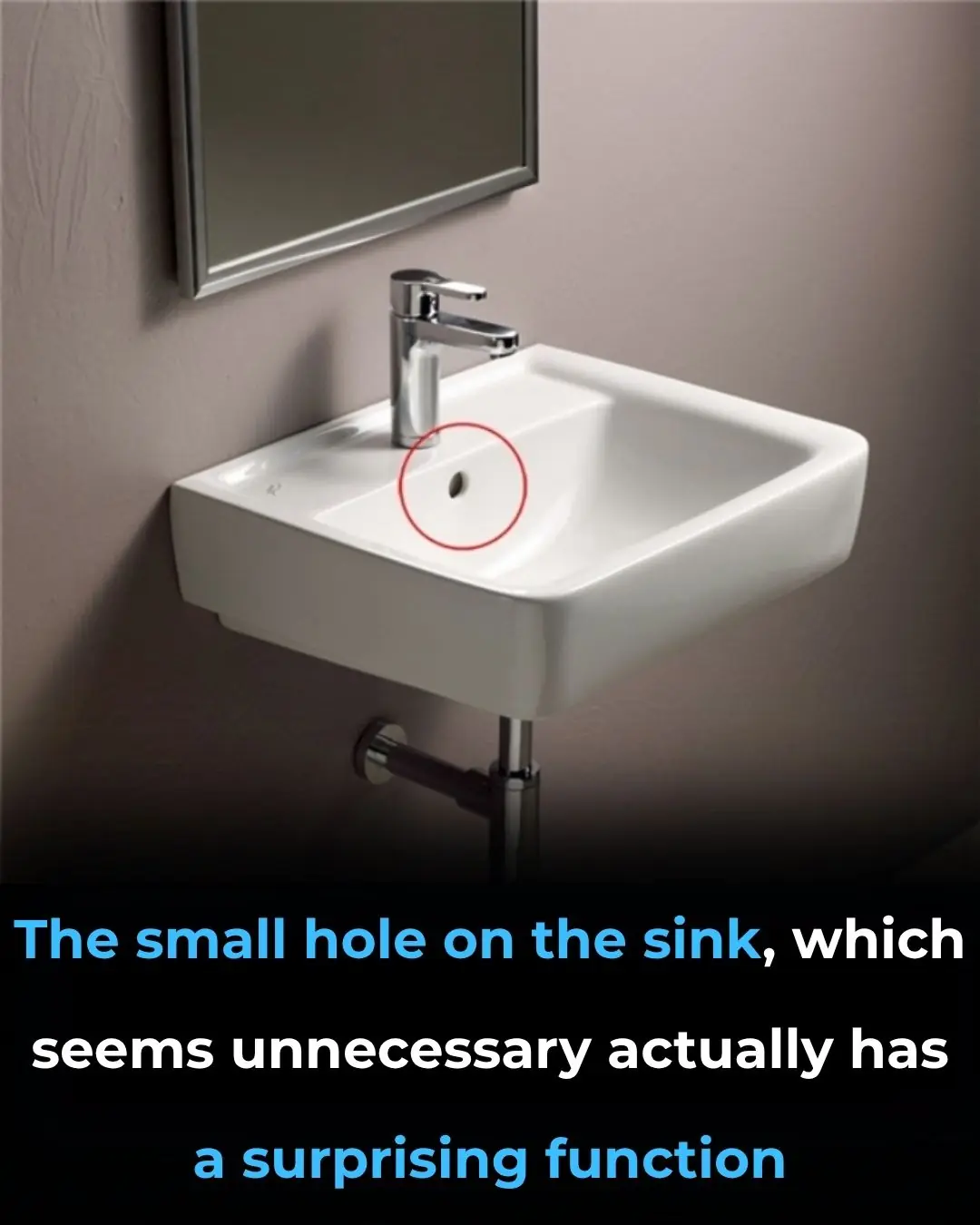
The Purpose of the Overflow Hole in Your Sink You Never Knew
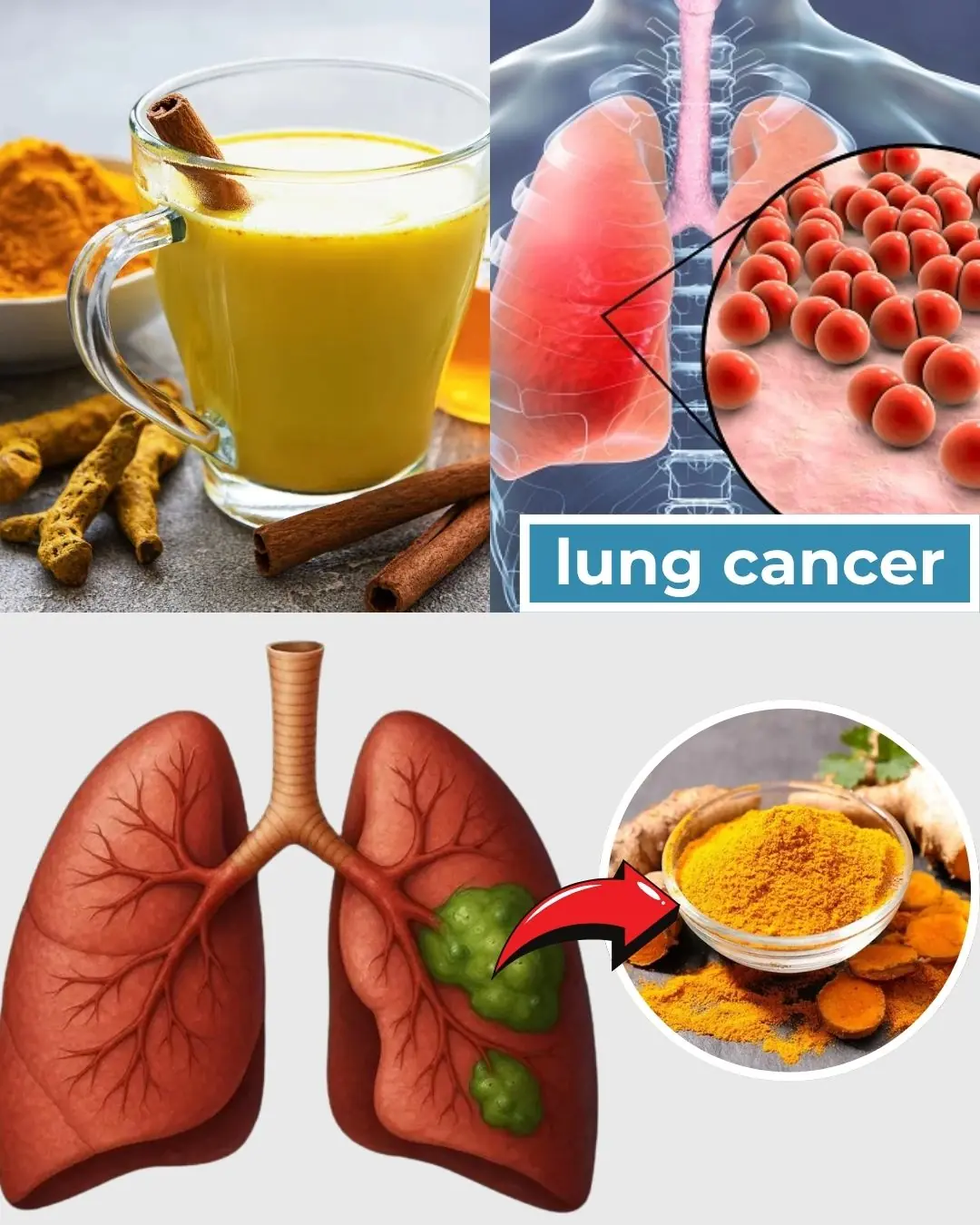
Only 2% Know This Ancient Spice Can Clean Lung Mucus Overnight 💥
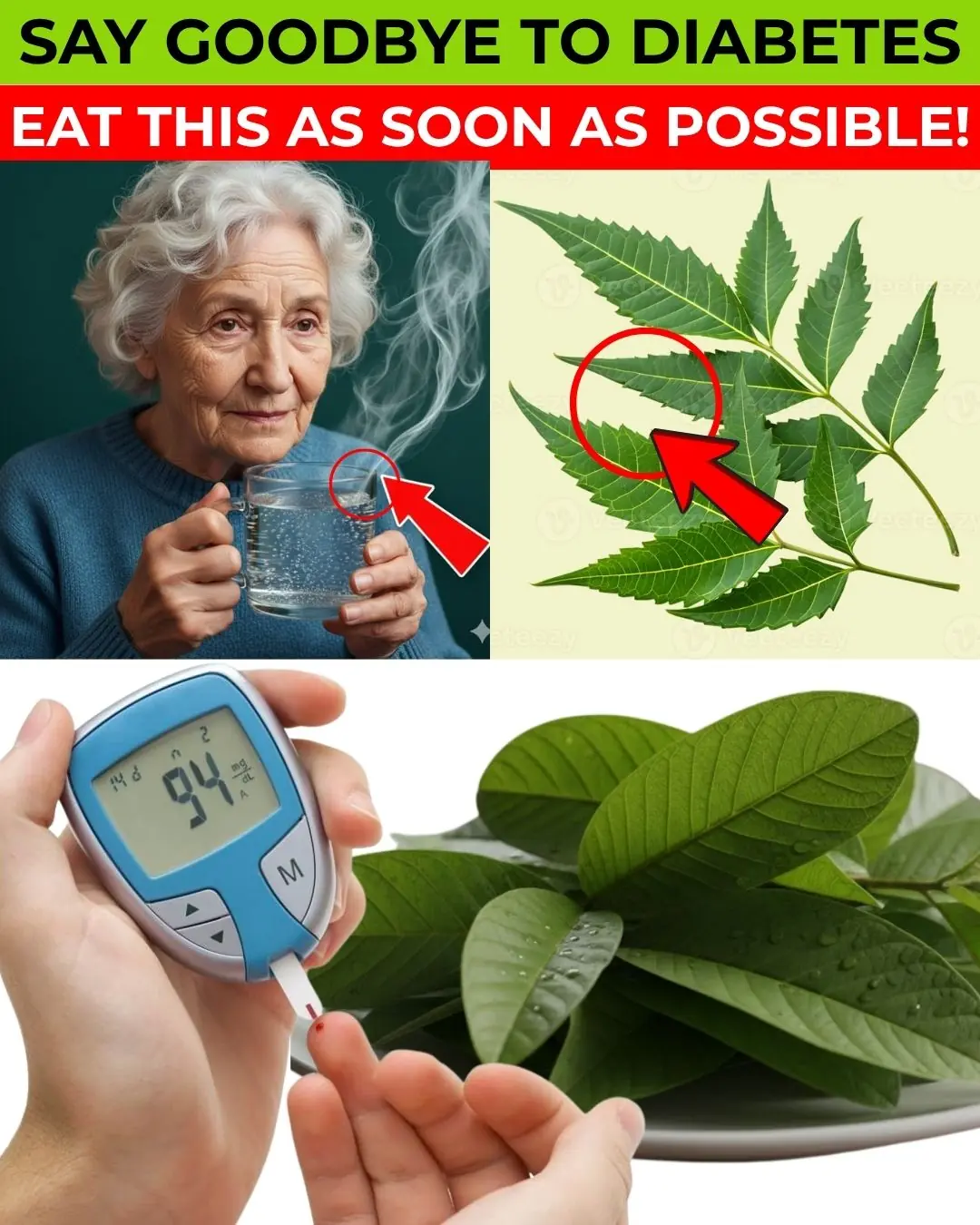
🌿 SENIORS: This 1 Leaf DESTROYS Diabetes & Melts Belly Fat (Doctors HATE It!) | Barbara O’Neill
